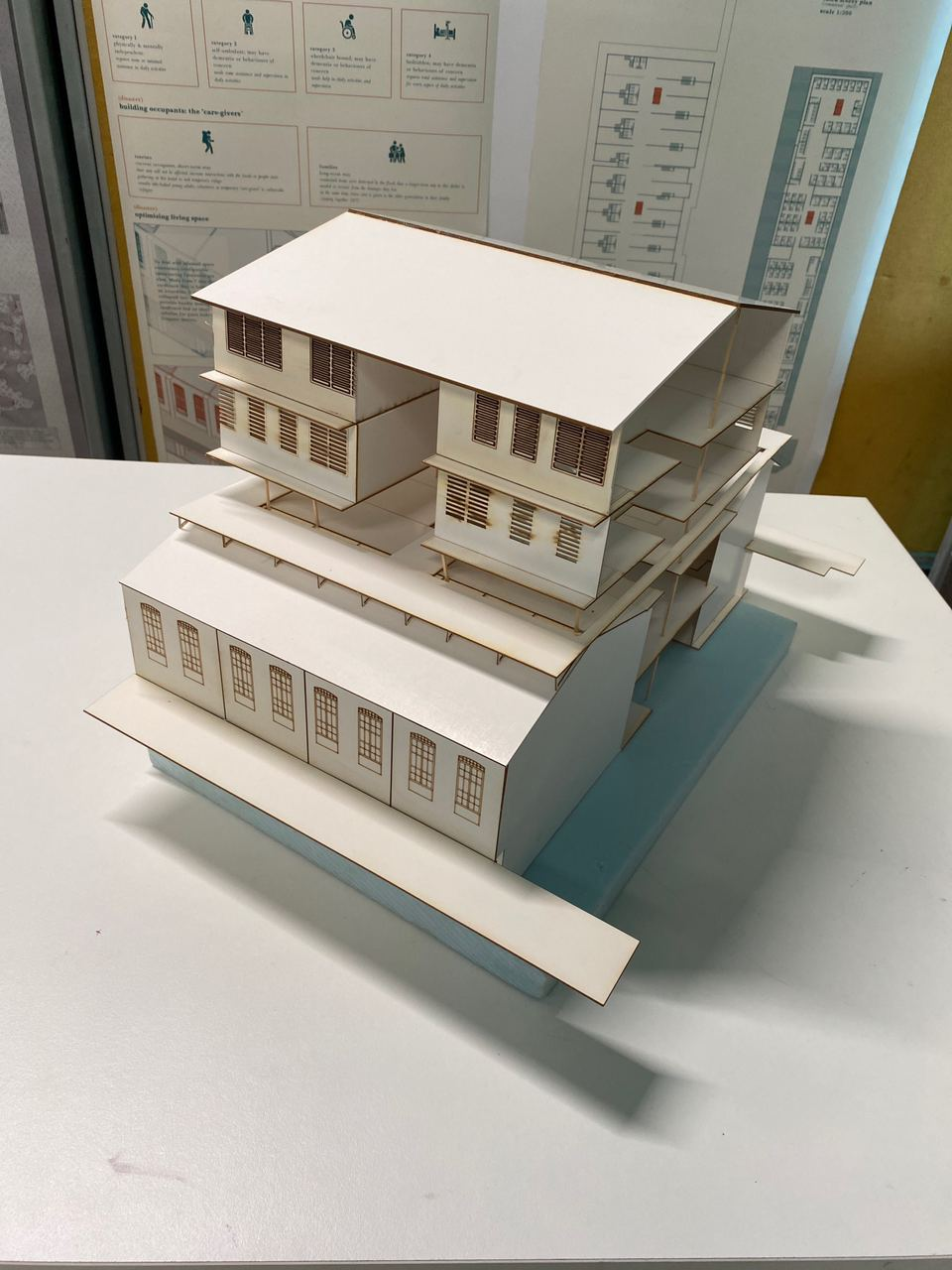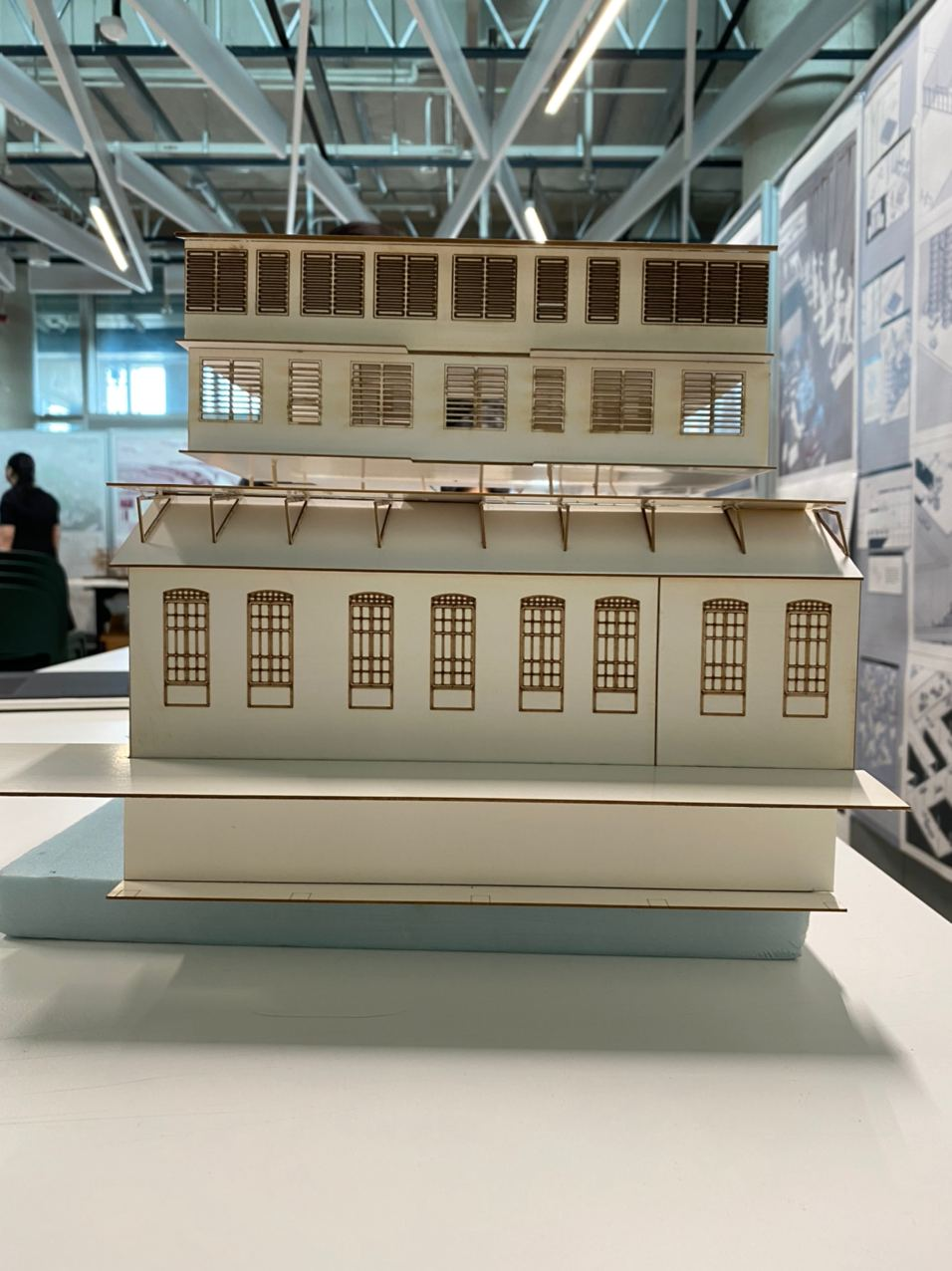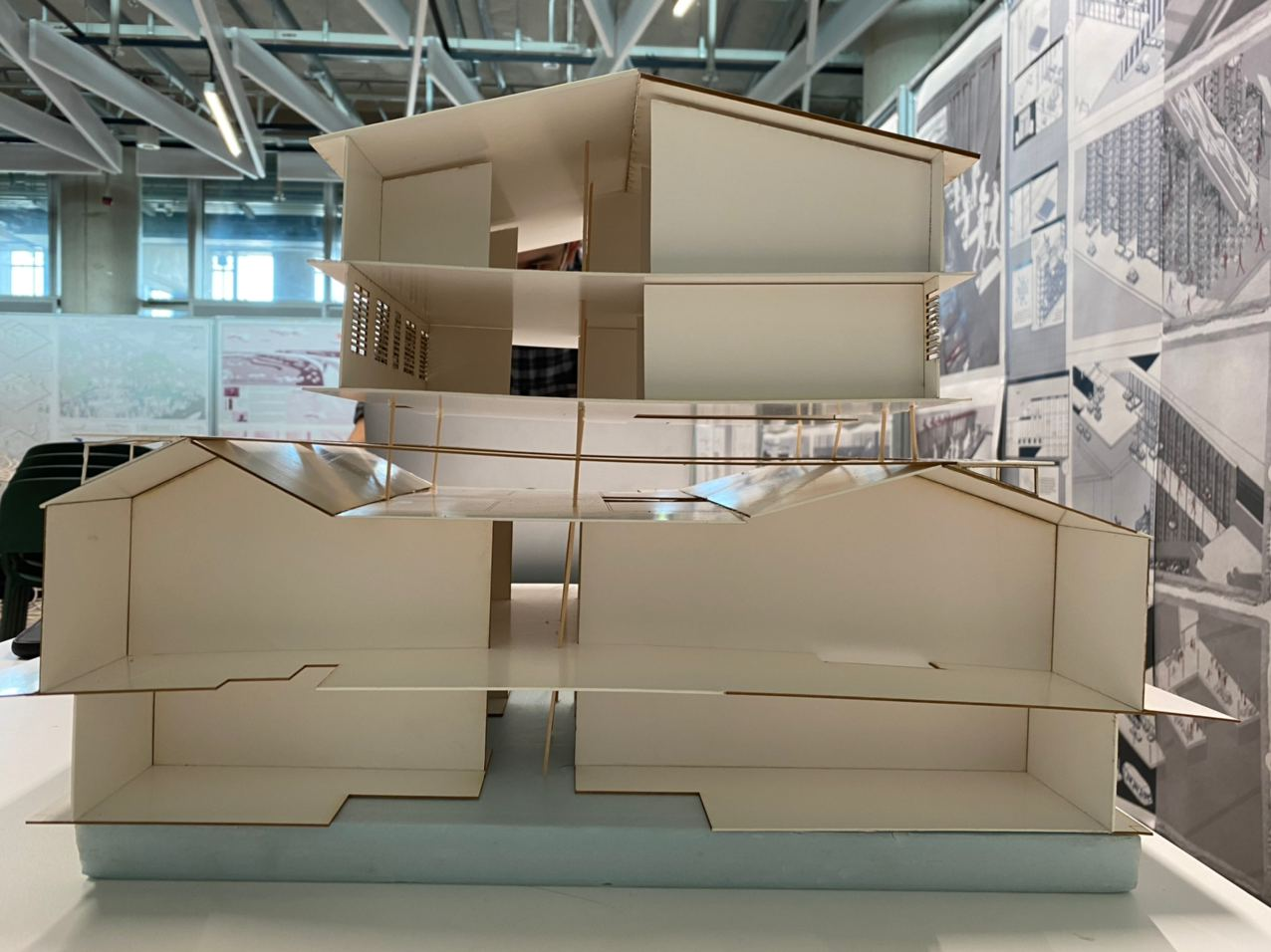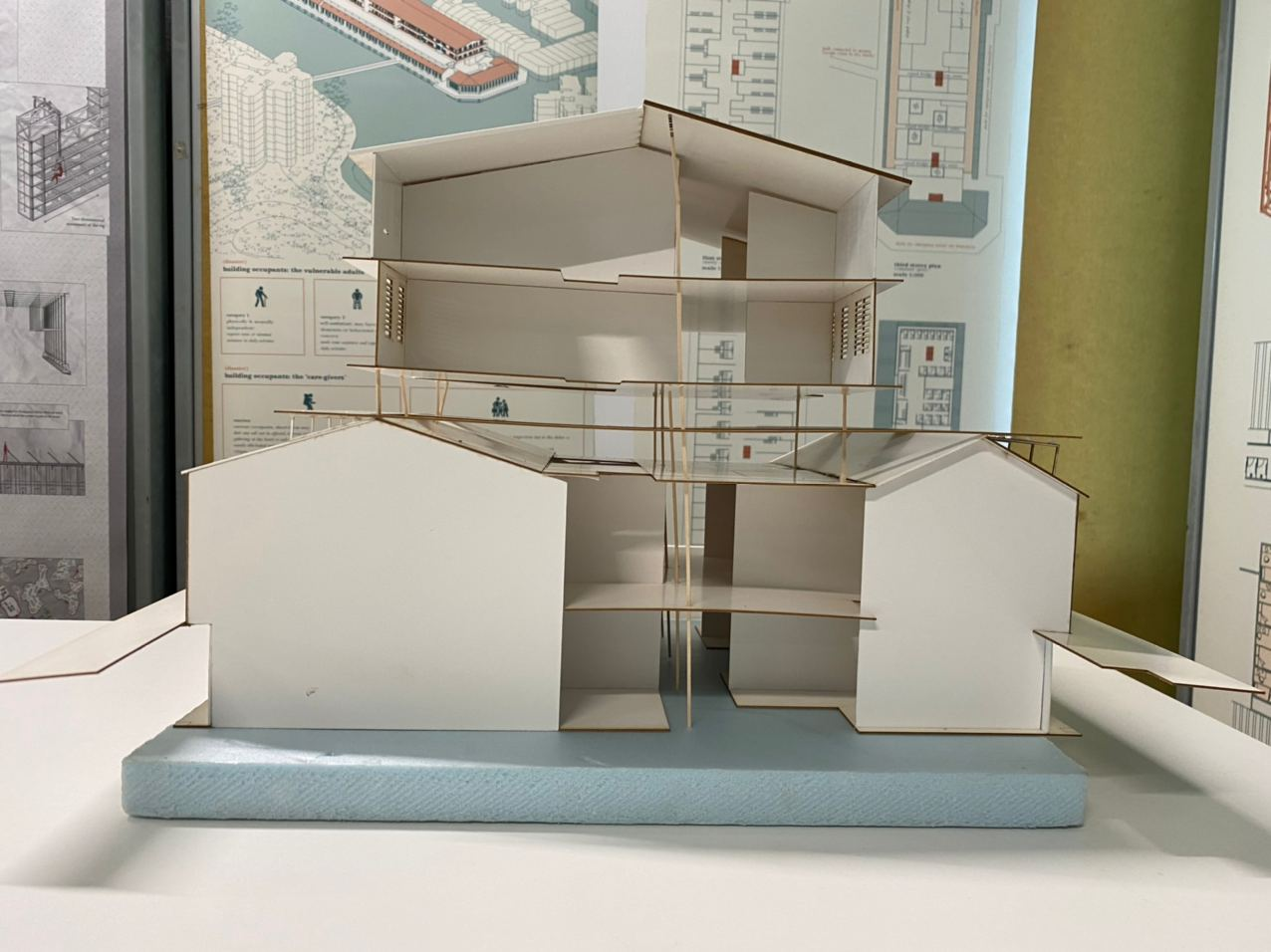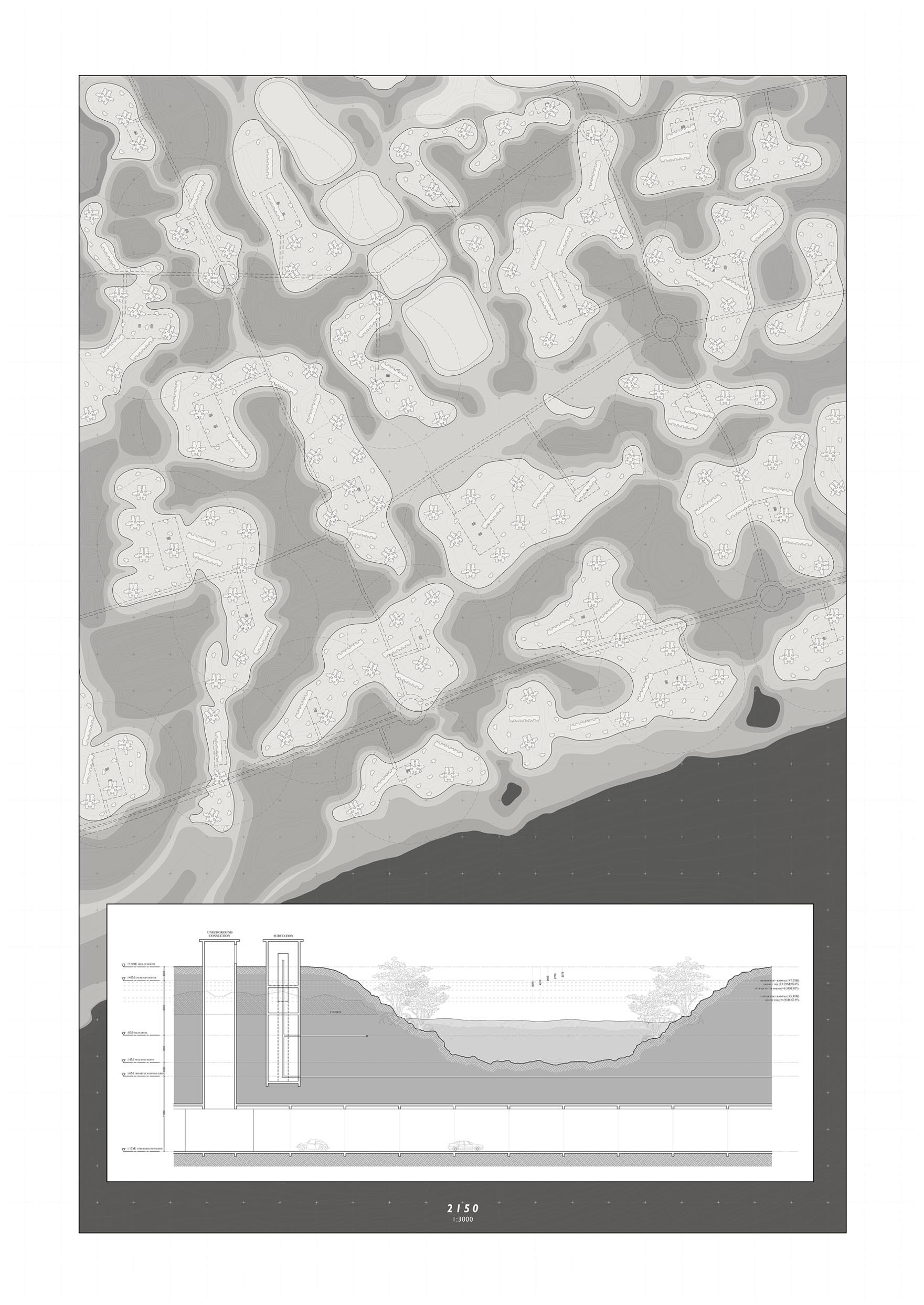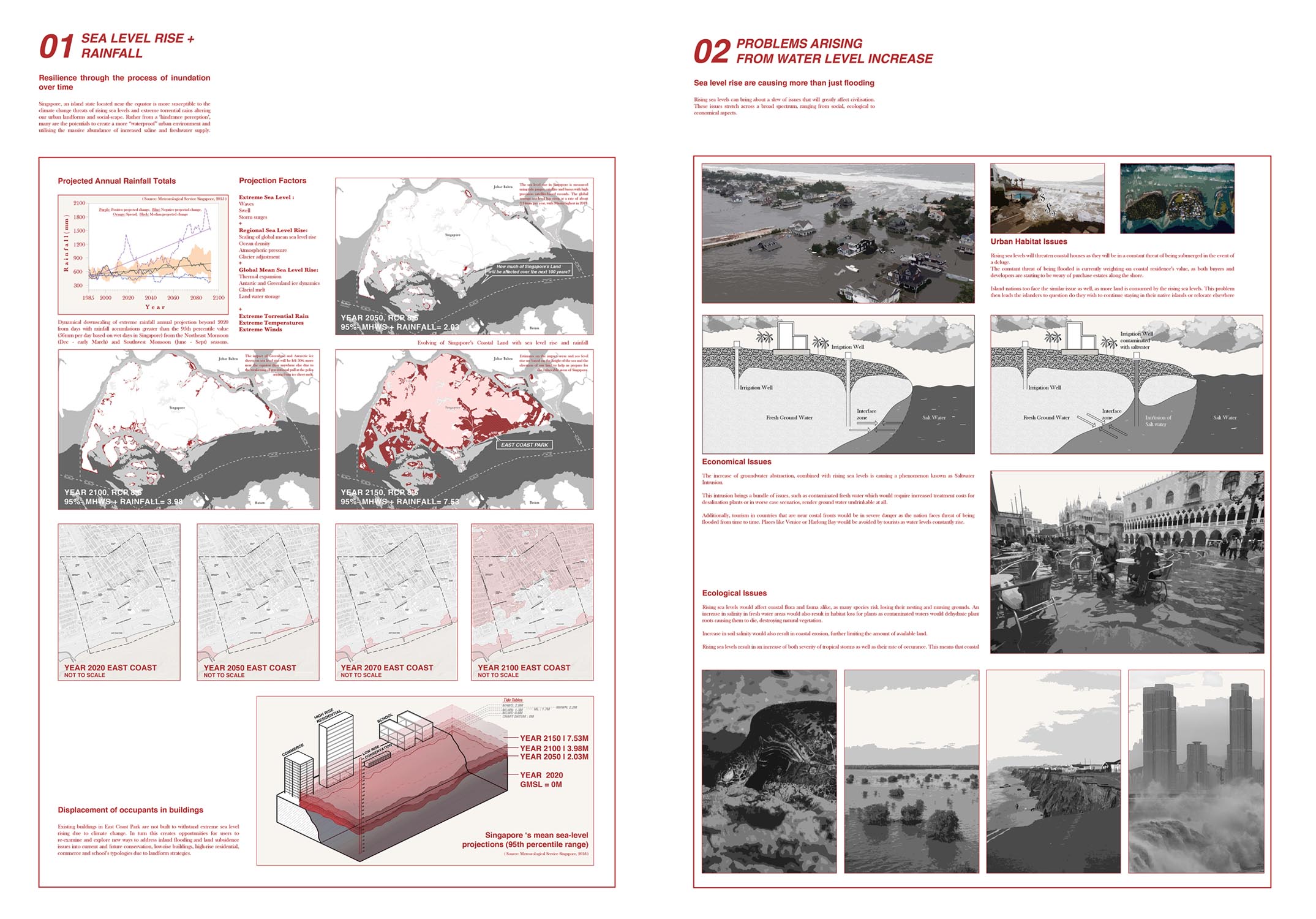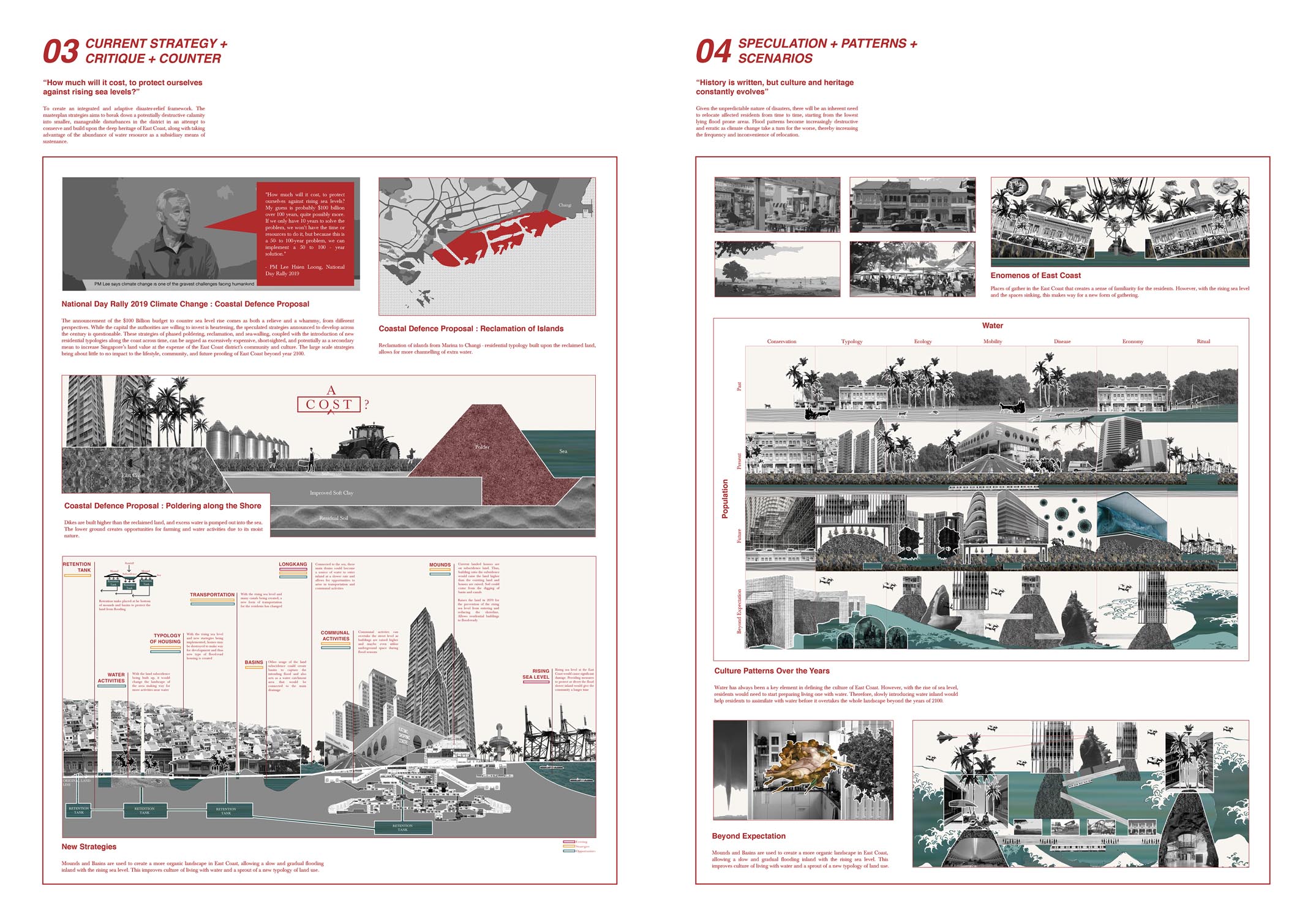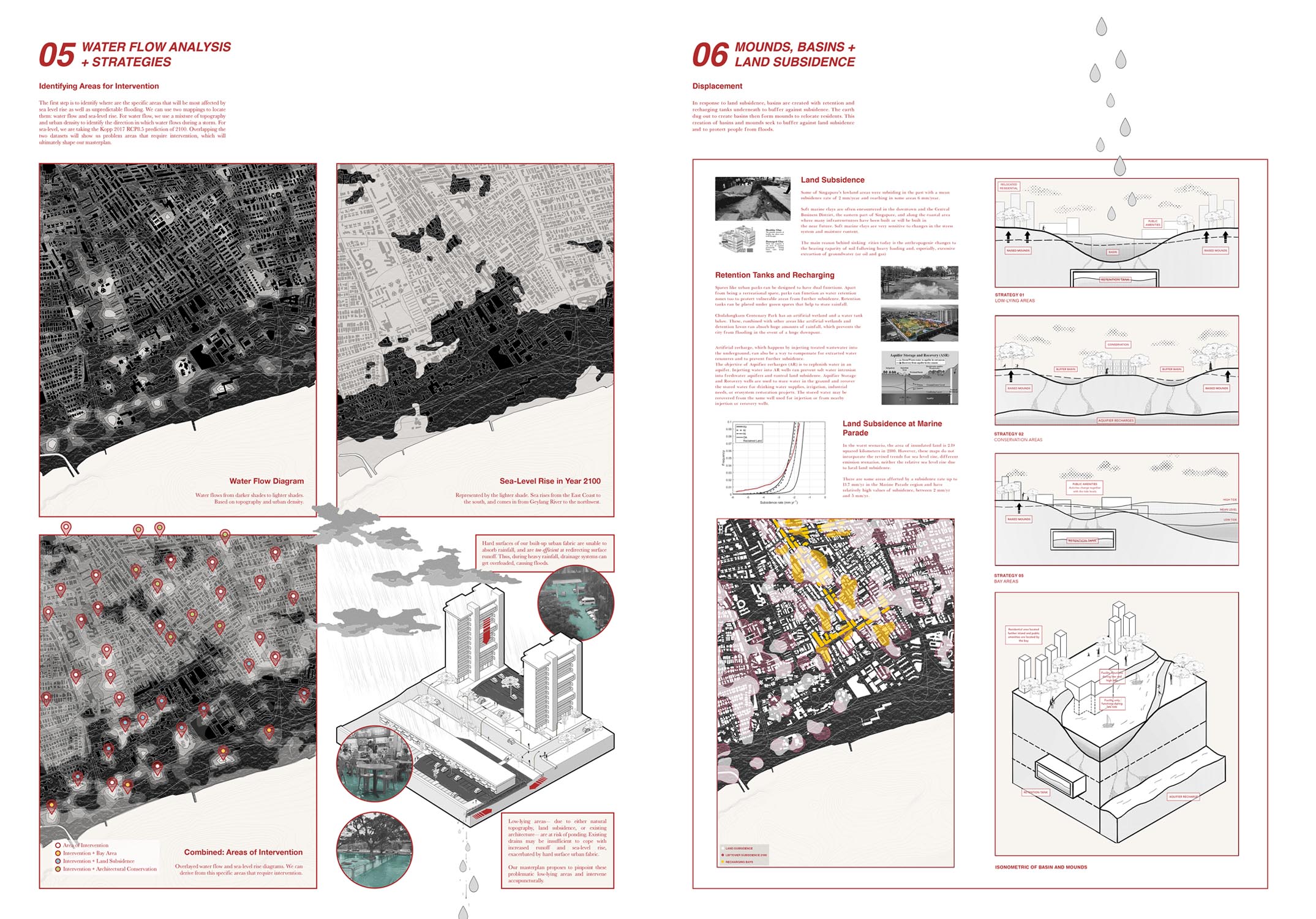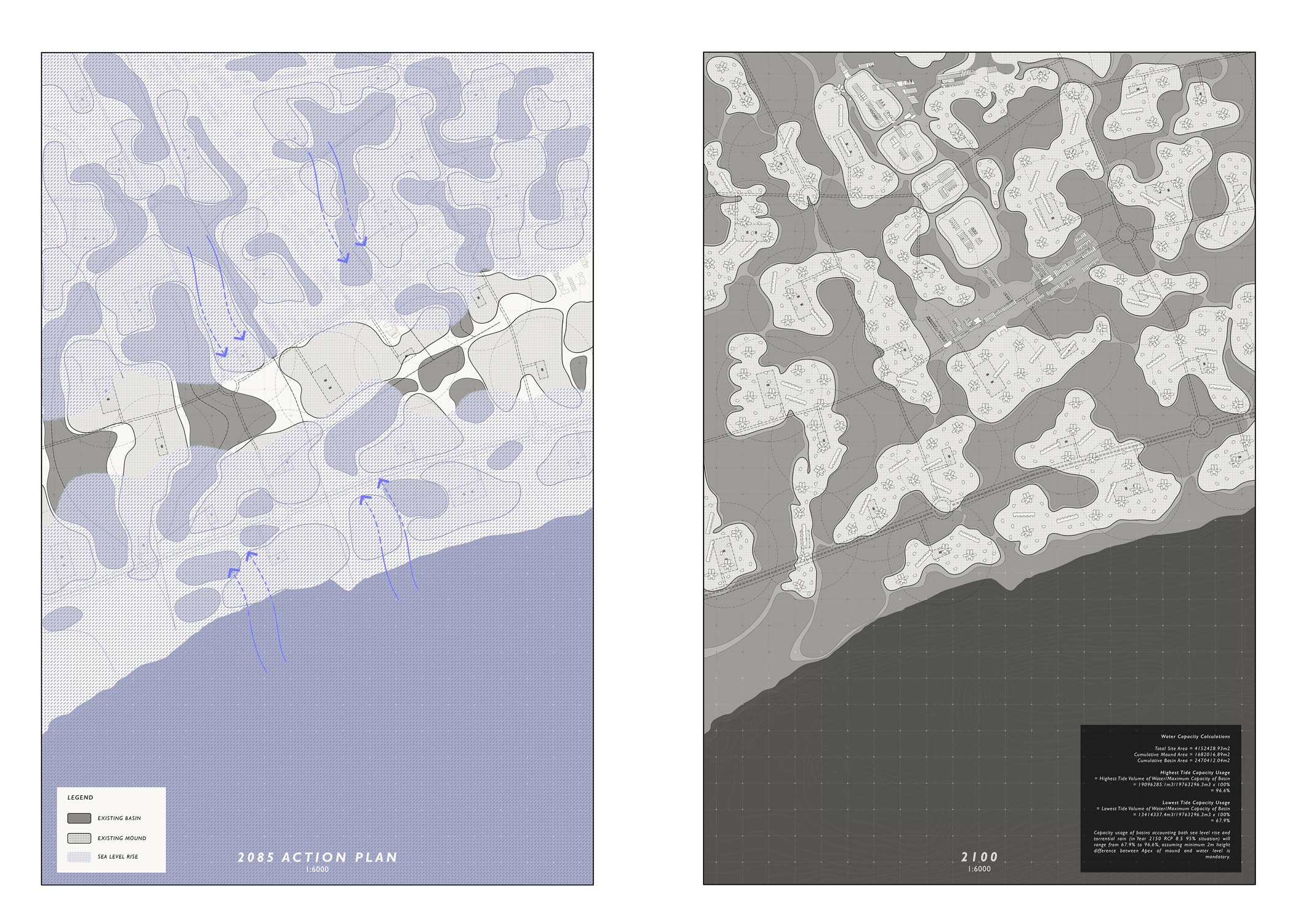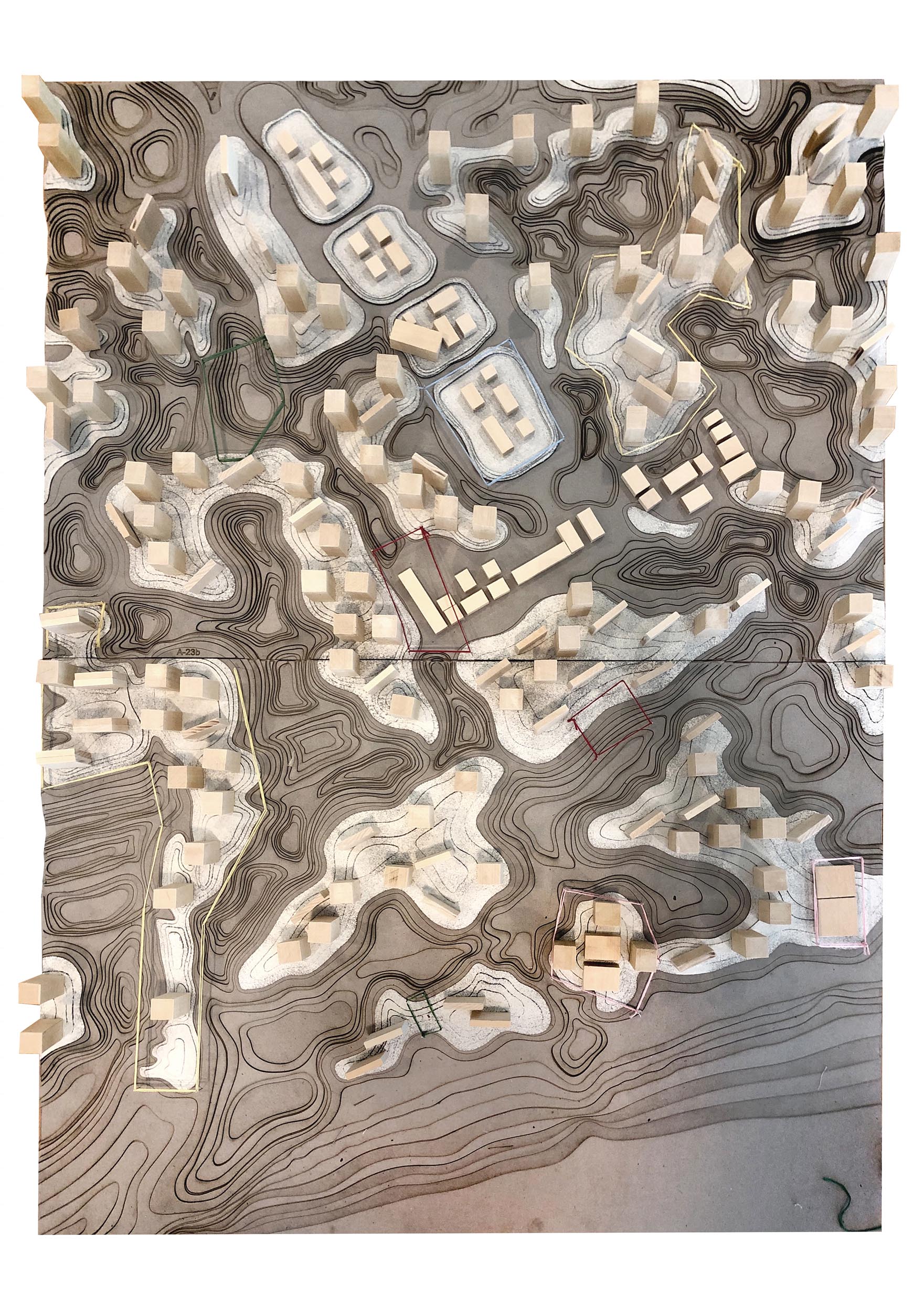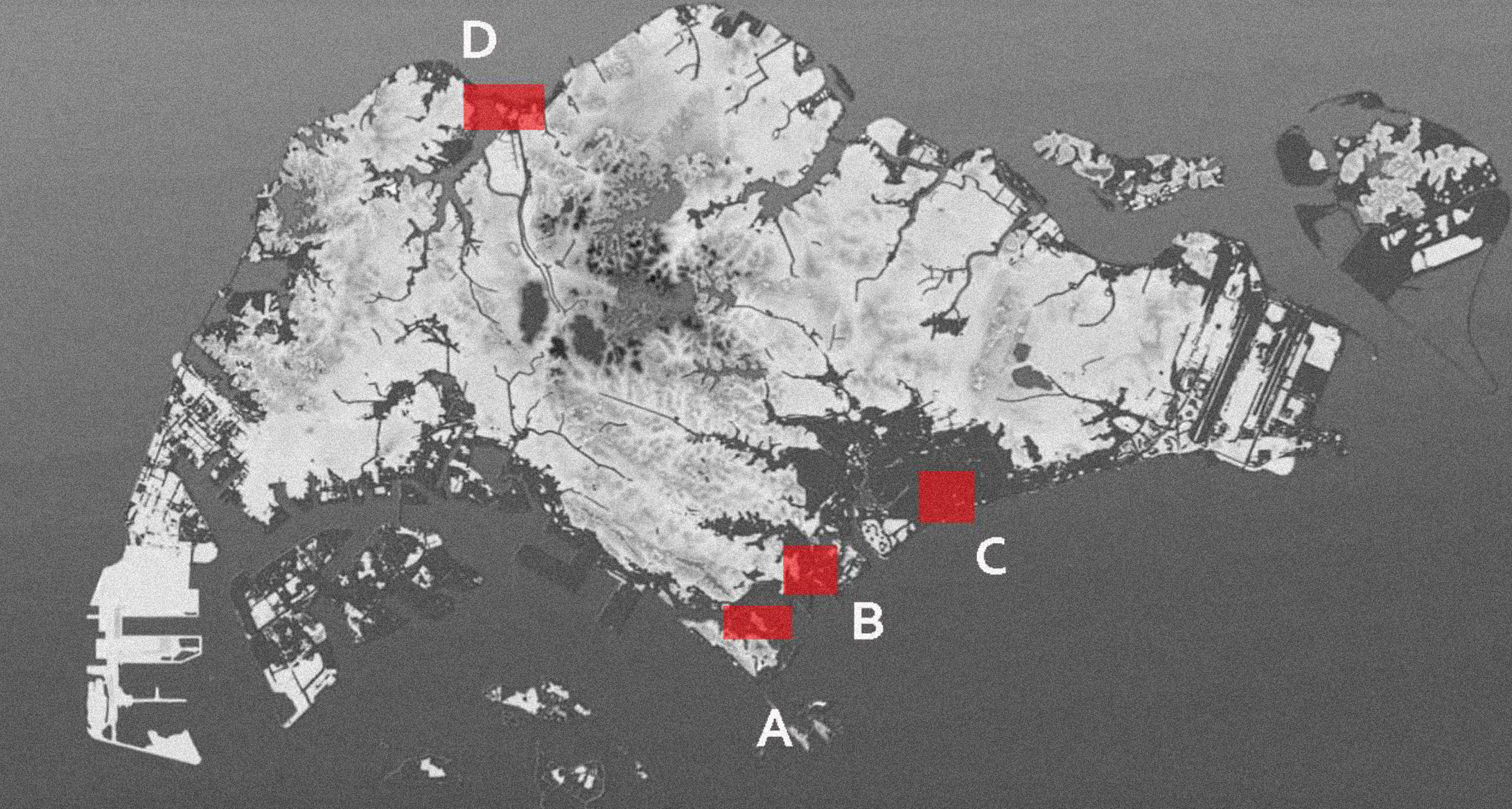
Sea-level rising, according to the National Climate Change Secretariat (NCCS), will be about 1 meter in 2100, although similar projections by different authorities inform that it could be maximum 4 meters depending on the rate of temperature rise. The sea-level rising seems extremely gradual and it would not create a dramatic sea water inundation immediately. However, for a low-lying state such as Singapore, it would be a great concern as its assets – buildings and urban infrastructures are threatened. Furthermore, as one-third of the land including the Central Business District is less than 5 meters above the current sea level, there is a risk of losing significant areas of land and economic function of the city-state. The temporal and physiographical nature of this climate change in Singapore: the graduality that gives an impression an immediate response is not required and the low-lying landscape that develops a fear of the life-threatening impact, creates a unique situation for its climate change defenses. The perpetuation of this sense of crisis is vital for climate change defenses and urban resilience. Rather than dealing with the issue in a technocratic manner and assuming a solution in place, it constantly reminds people of the danger and threat and encourages them to be prepared. Such a sense of preparation is necessary to survive disasters caused by the change that often takes place in an unpredictable and unprecedented manner. Furthermore, it provides opportunities for people to constantly invent alternative design and lifestyle that accompanies the progress of technology, socio-economic transformation, and political situations.
The National University of Singapore runs two studios that address Architecture and Urban Design for Disaster Risk Reduction and Resilience. Both studios at NUS is to explore resilient symbiotic relationships between nature and urbanism. The studio challenges various factors affected by the Climate Departure, focusing on design and research efforts on investigating the relationship between environment, territory, and architecture located in the wet tropical region of South-east Asia; our works are specifically focused on the interface between atmosphere and architecture, nature and urbanism, water and landform. The NUS’s challenges on Climate Departure aim to strengthen the student’s ability to“integrate building/urbanism and landscape designs” with the following emphasis:
Project emphasis – understand the nature of the project and formulates the relevant programmatic components.
Climate emphasis – understand the climatic conditions to design buildings that are sympathetic to it as well as designs that efficiently utilize the energy resource.
Territorial emphasis – understand the nature of the site, location, terrain, and resources to support design ideas.
Technology emphasis – understand the efficient and effective use of available technologies in support of sustainable architecture.
Brani Island (1), Central Business District (2), East Coast Park and Katong (3) and, Woodlands (4).
Students:
Elisabeth Yaw
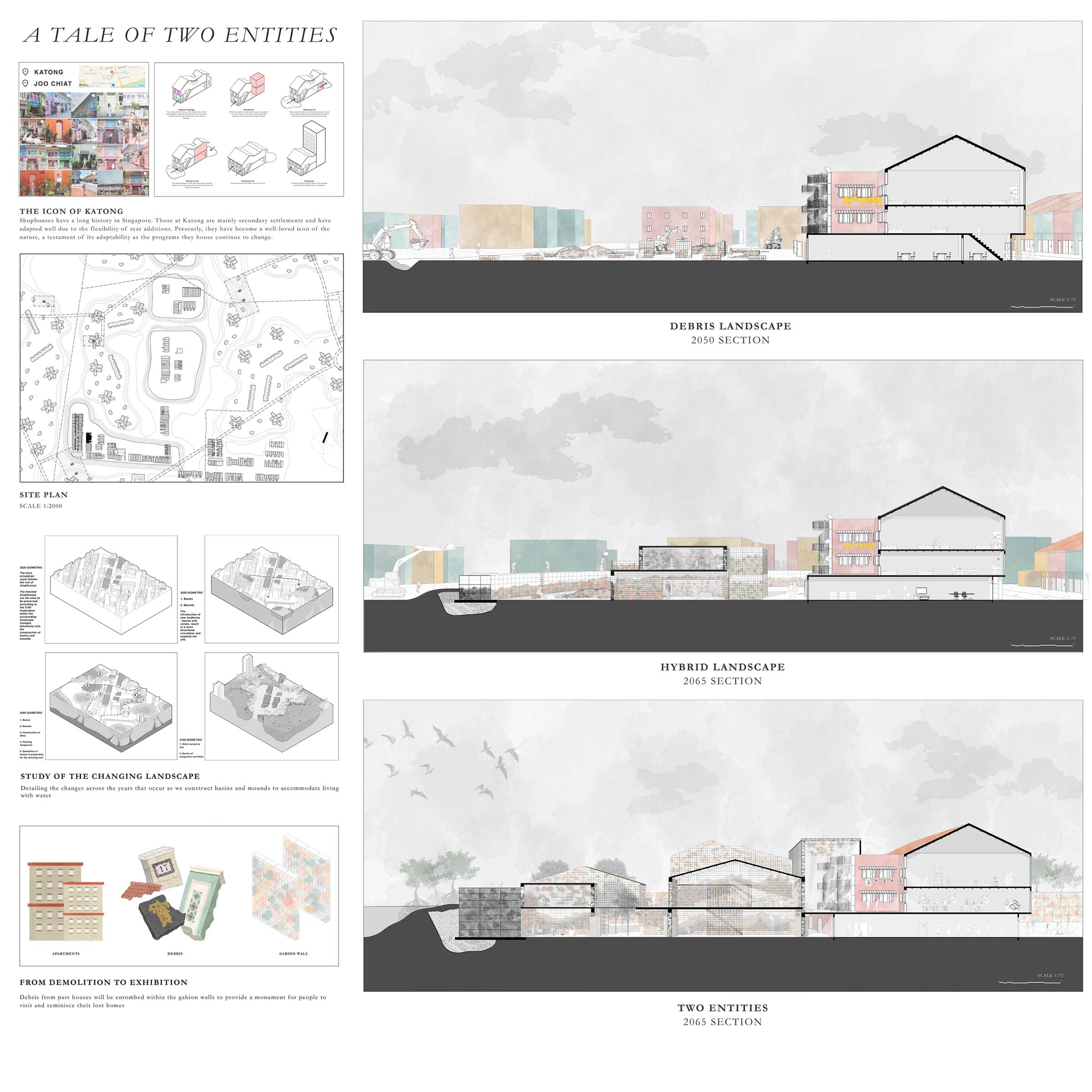
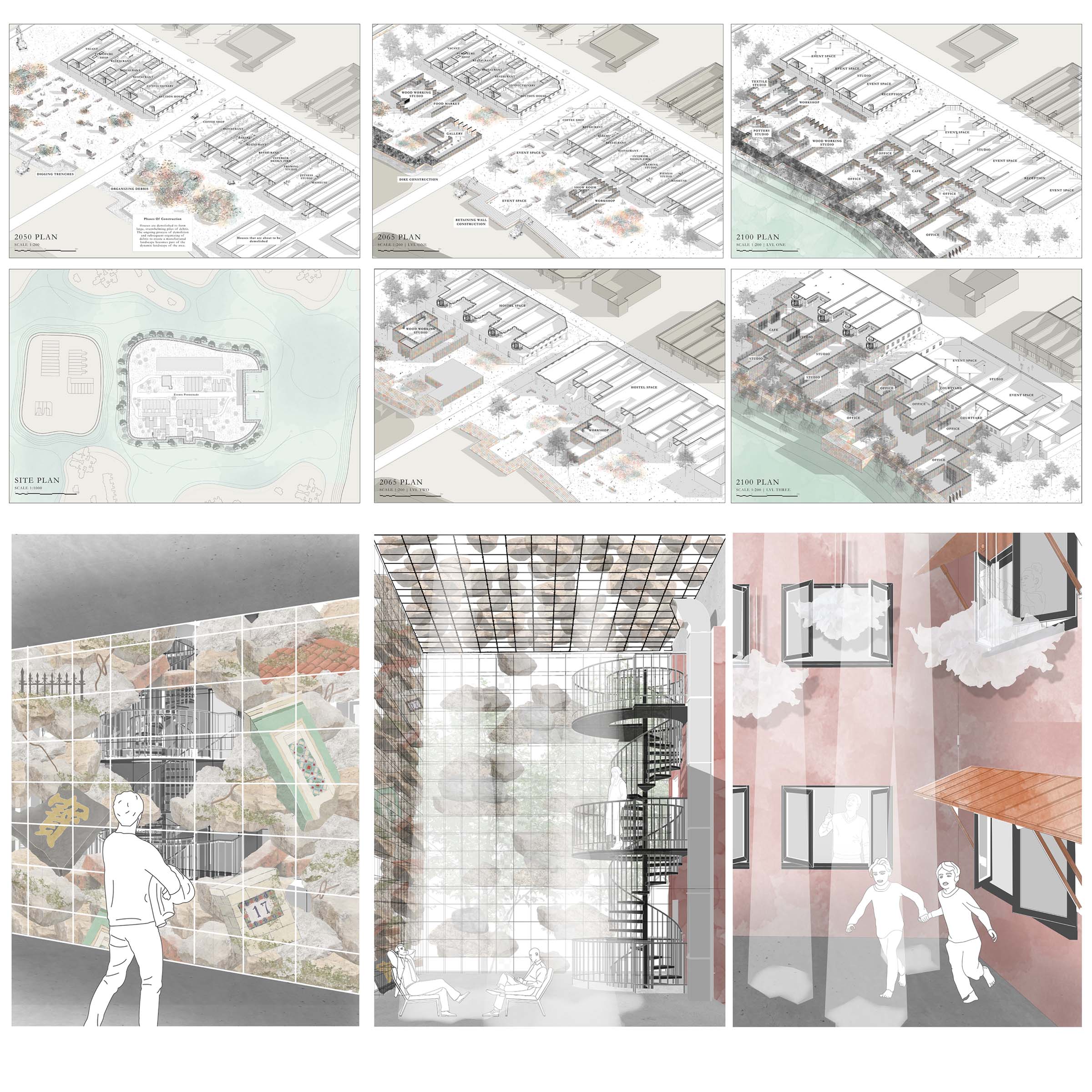
Student: Gabriel Choon
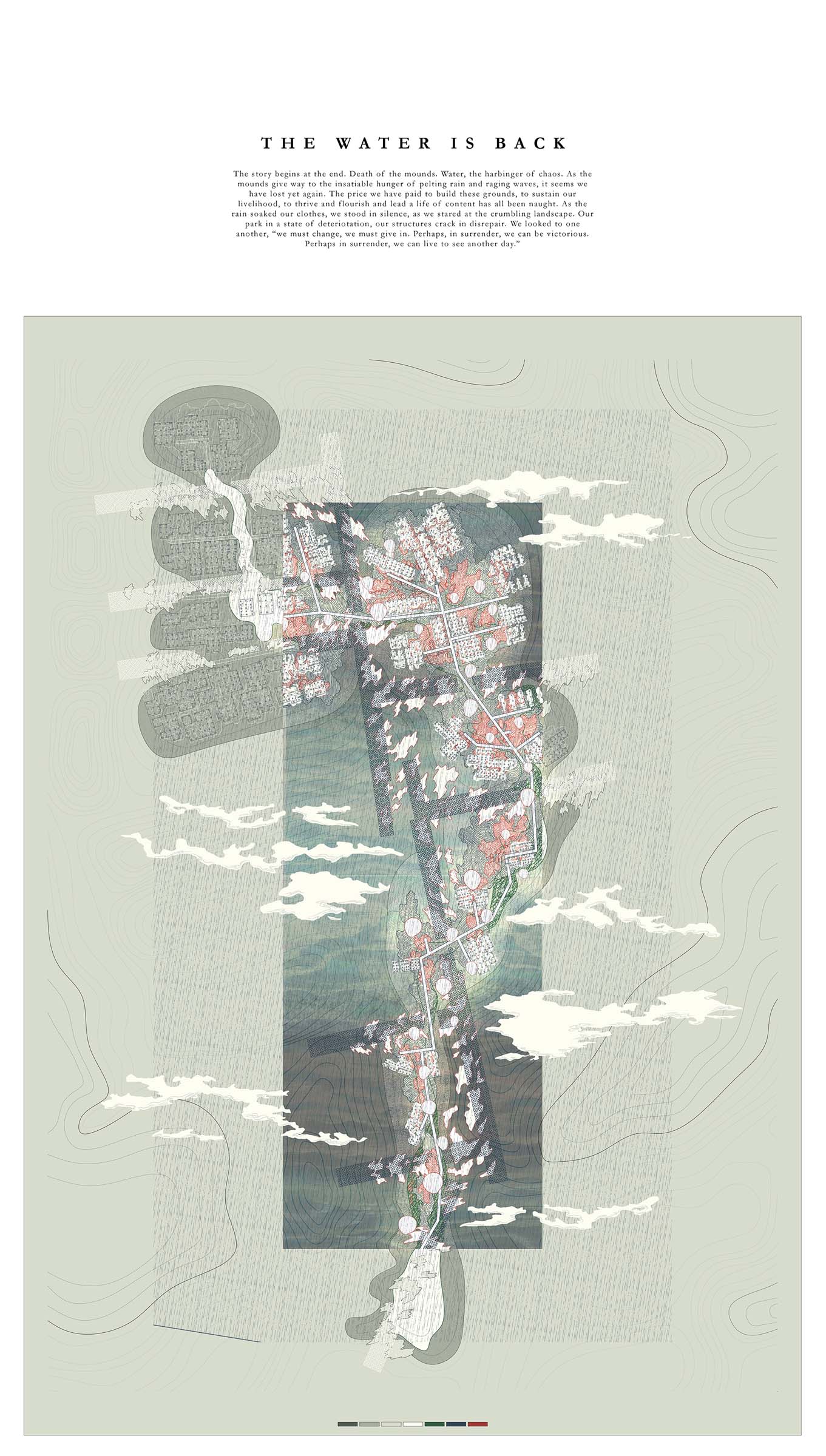
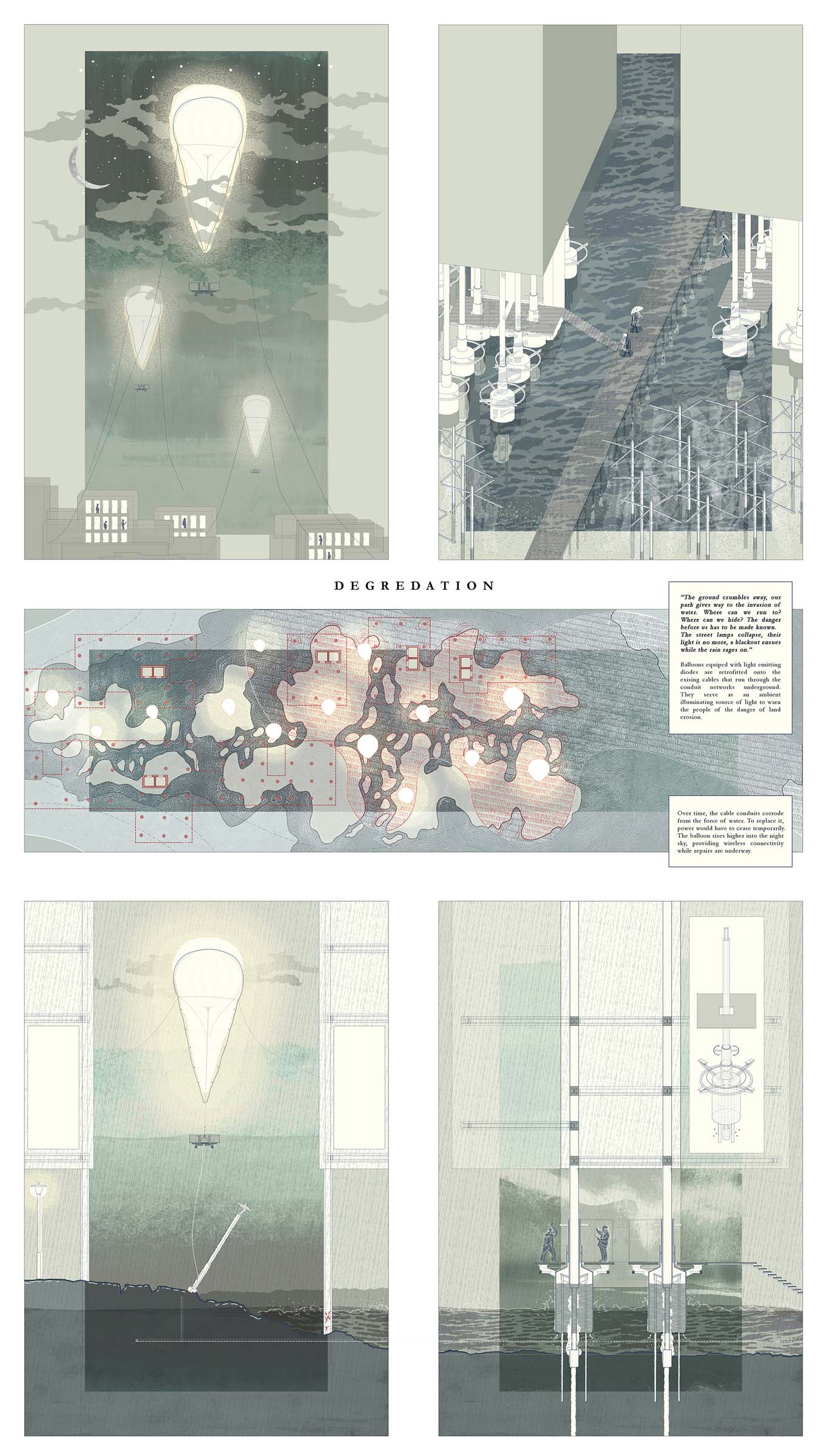
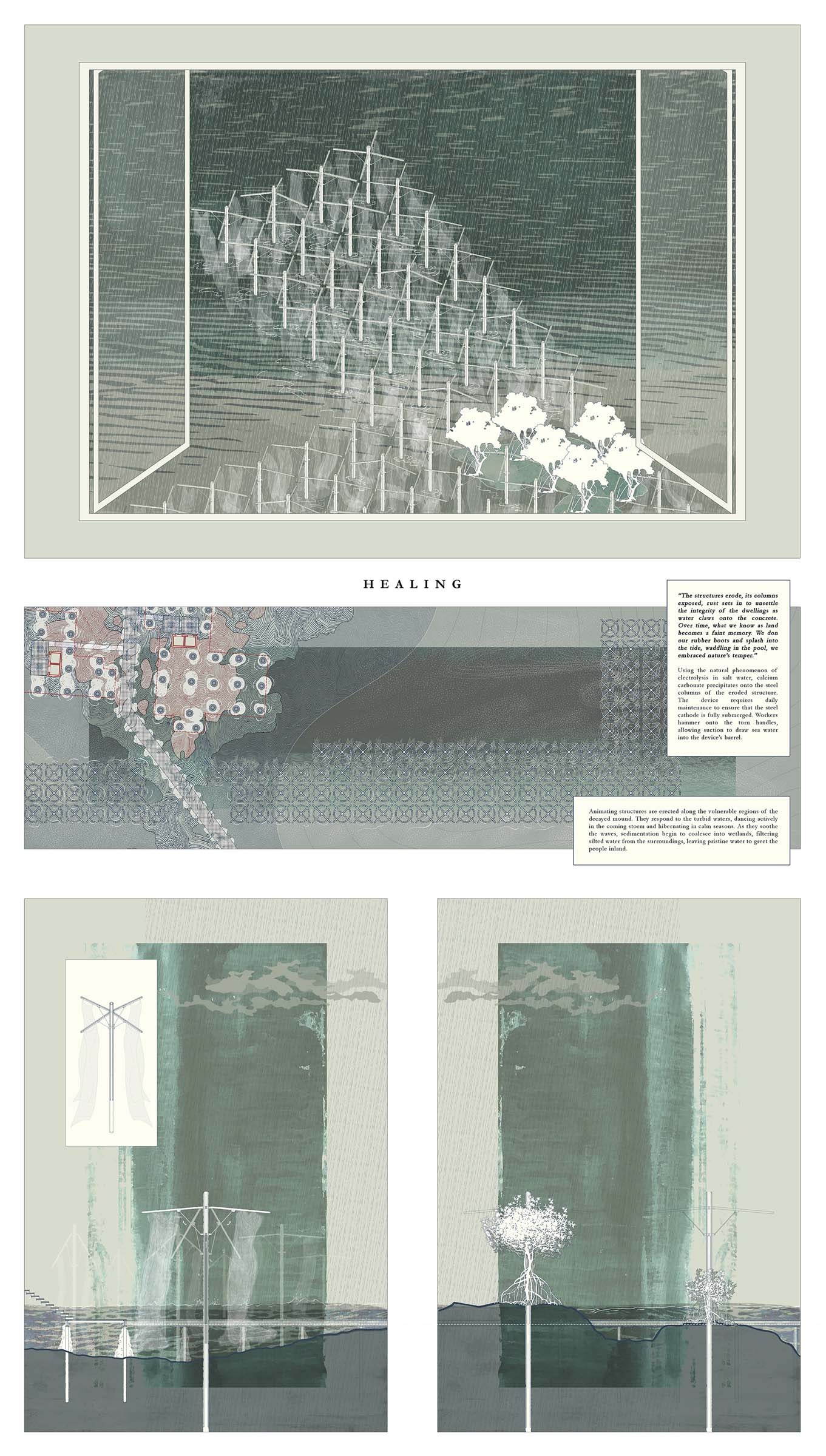
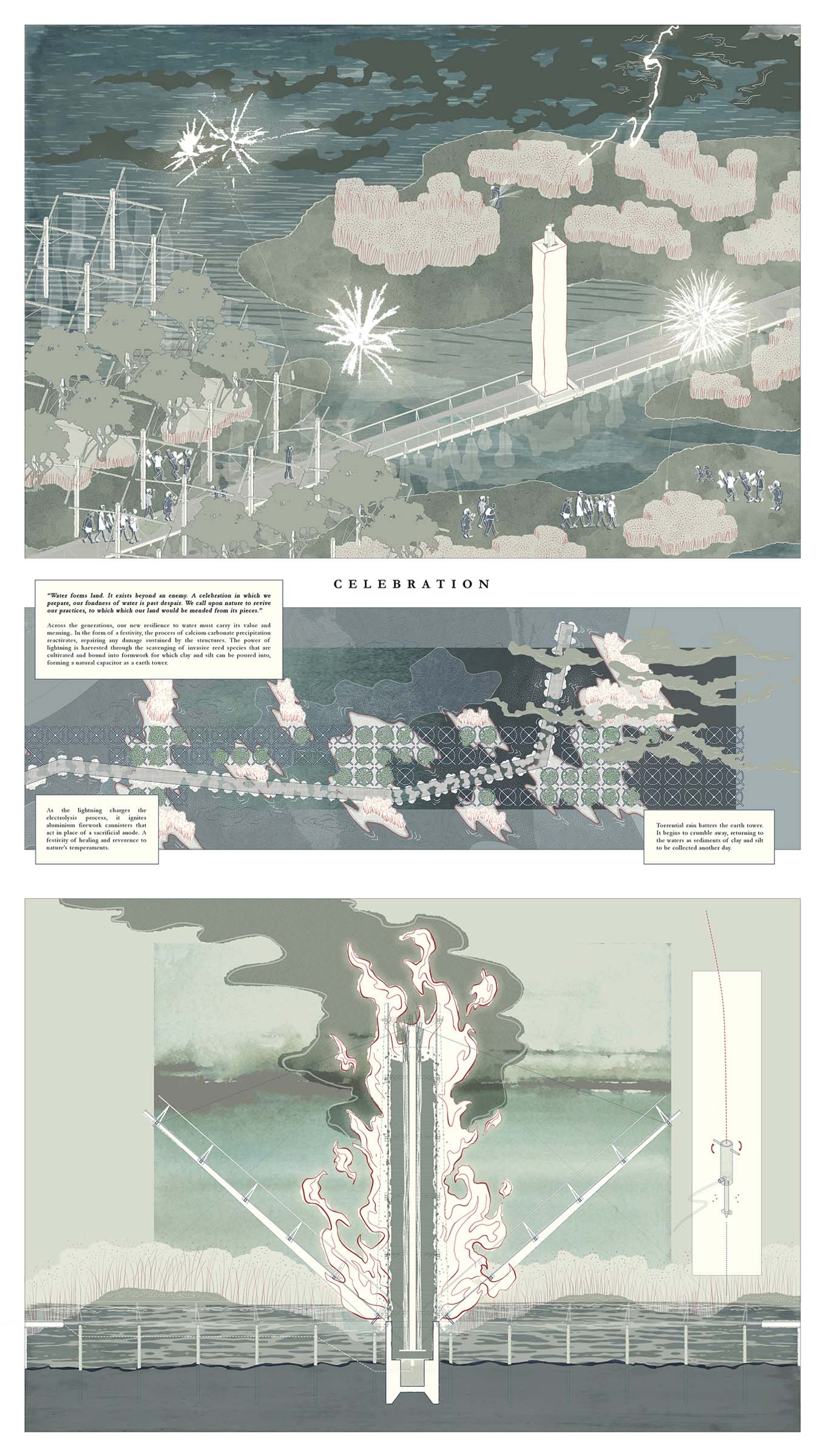
Student: Hansel Lim
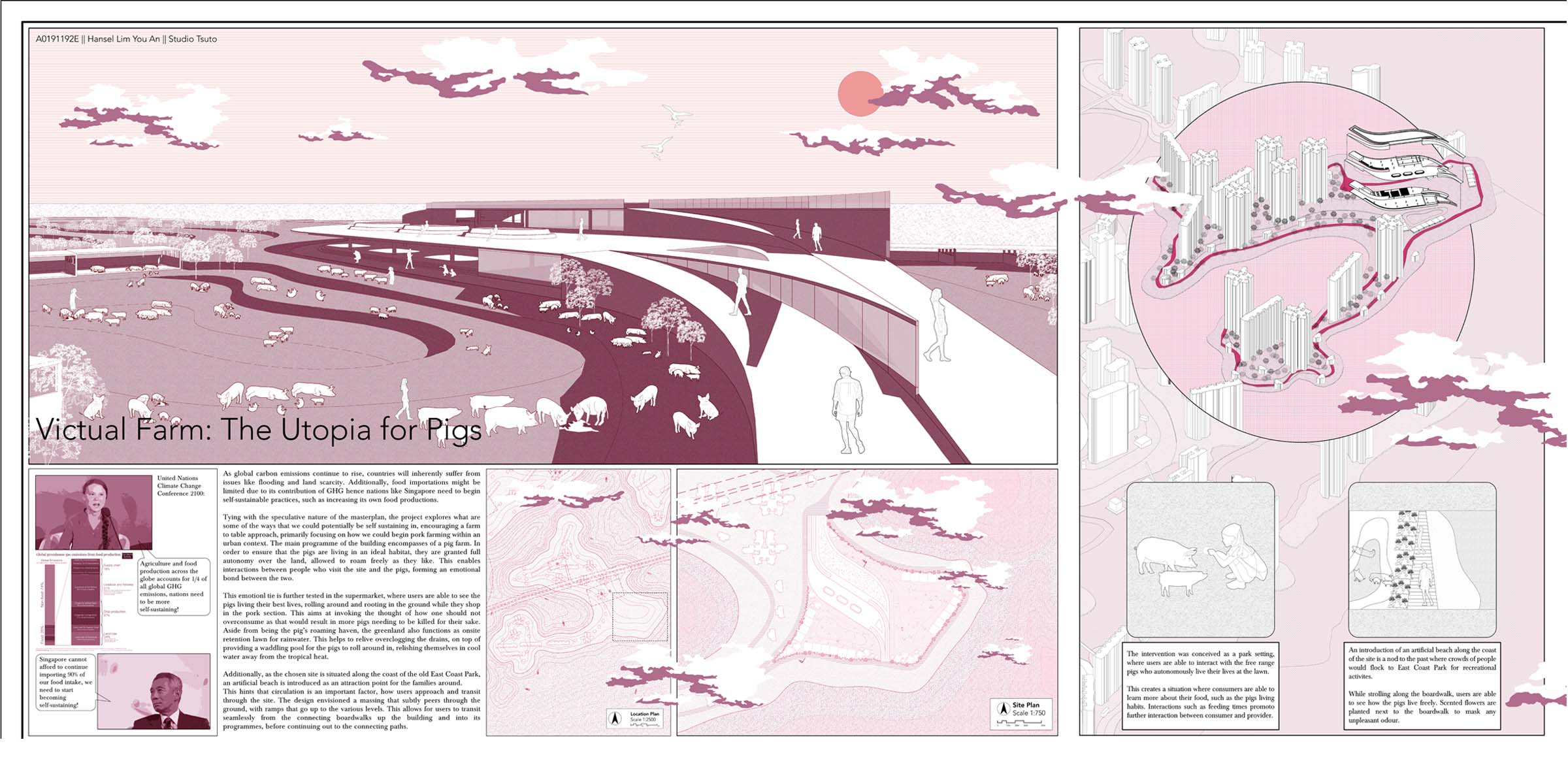
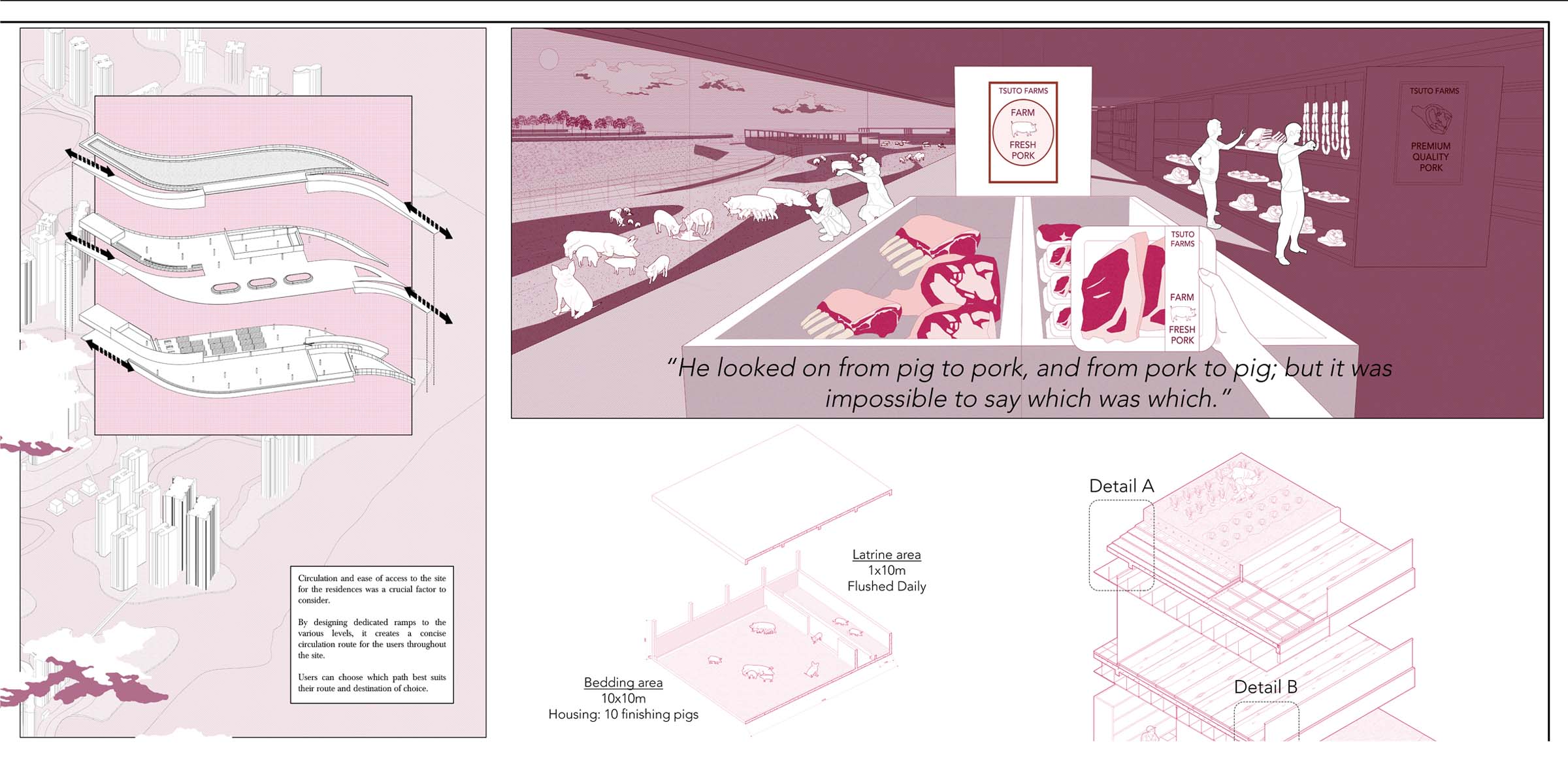
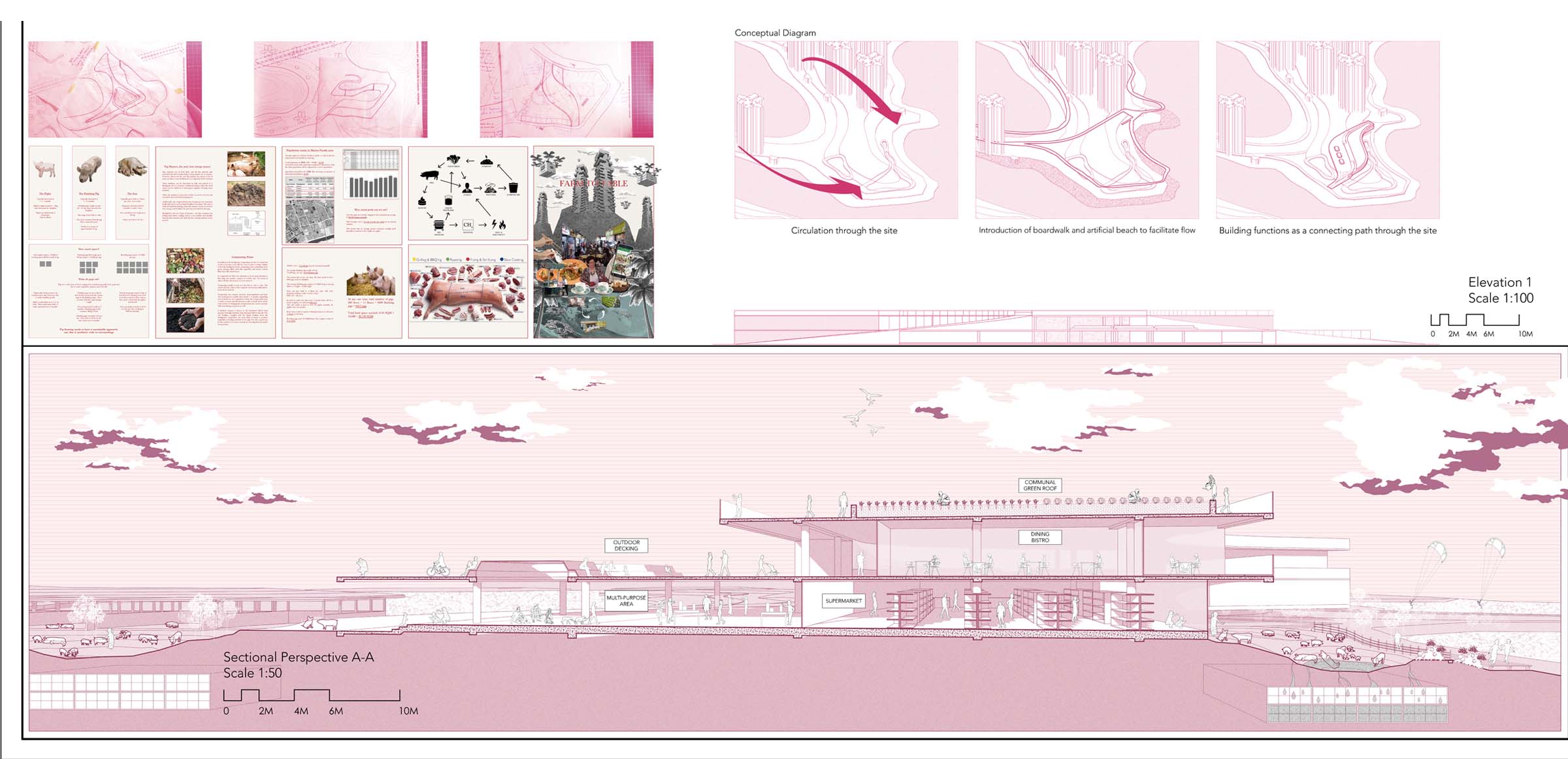
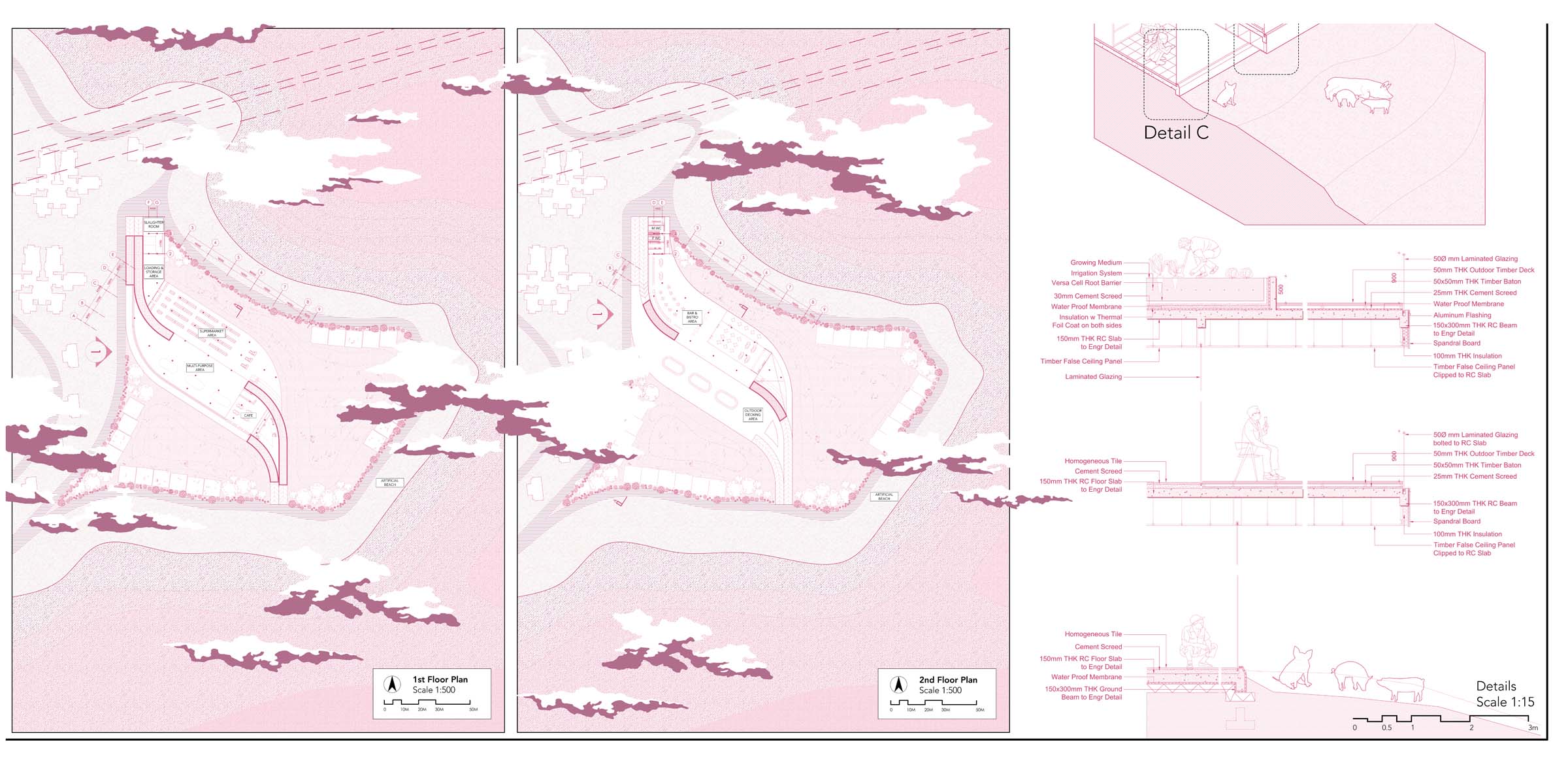
Student: Sharmaine Lee Pui Fong

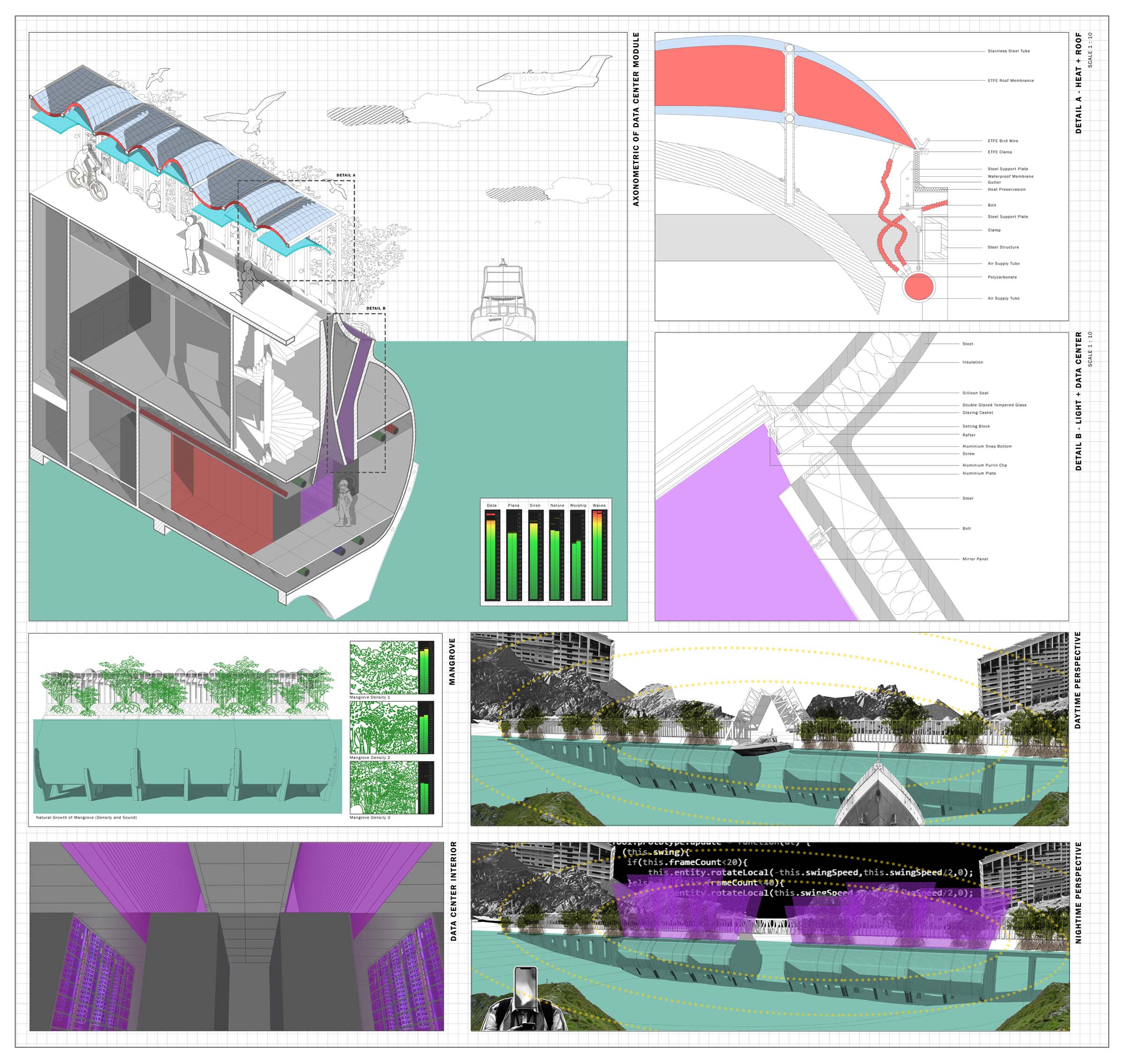
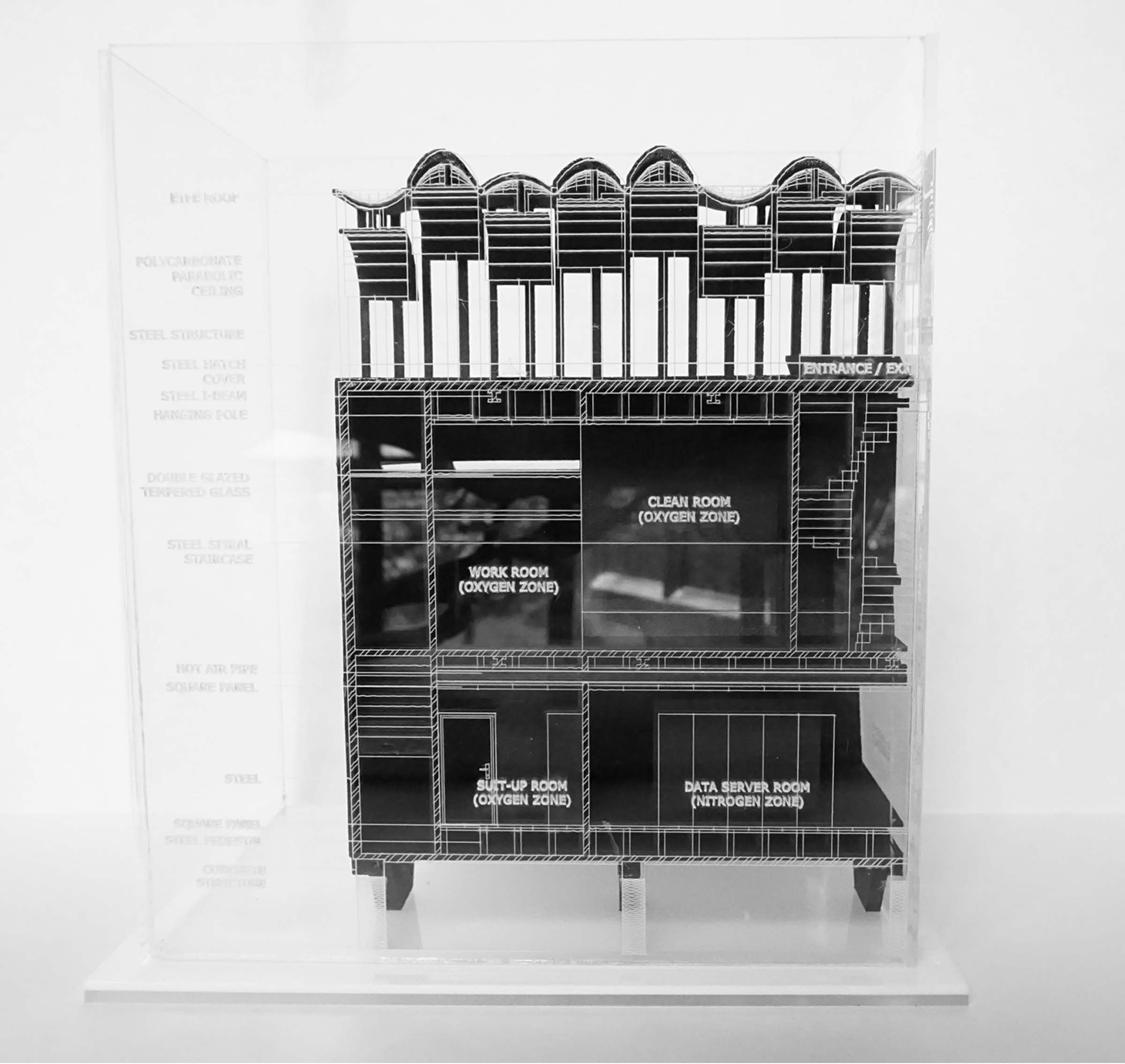
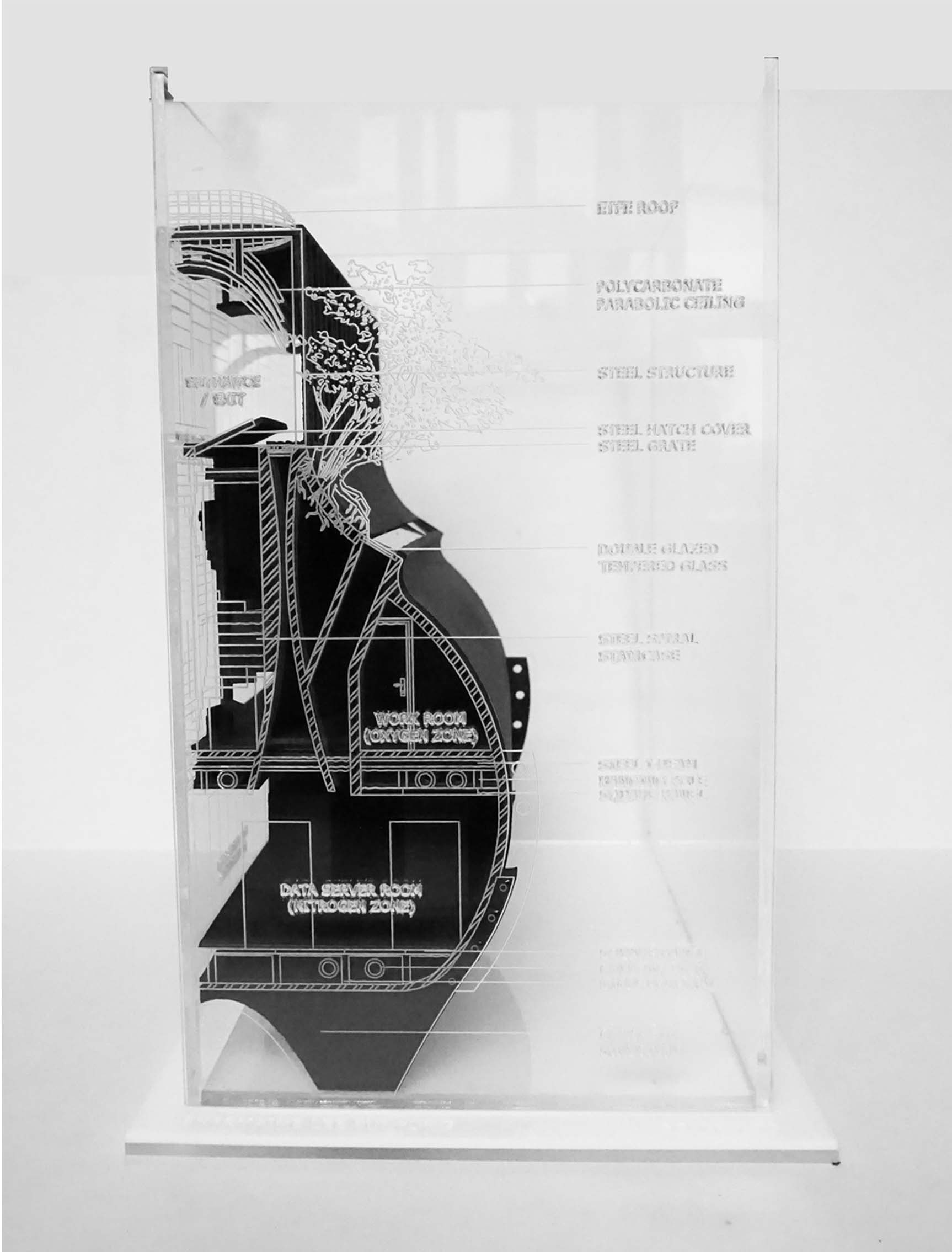
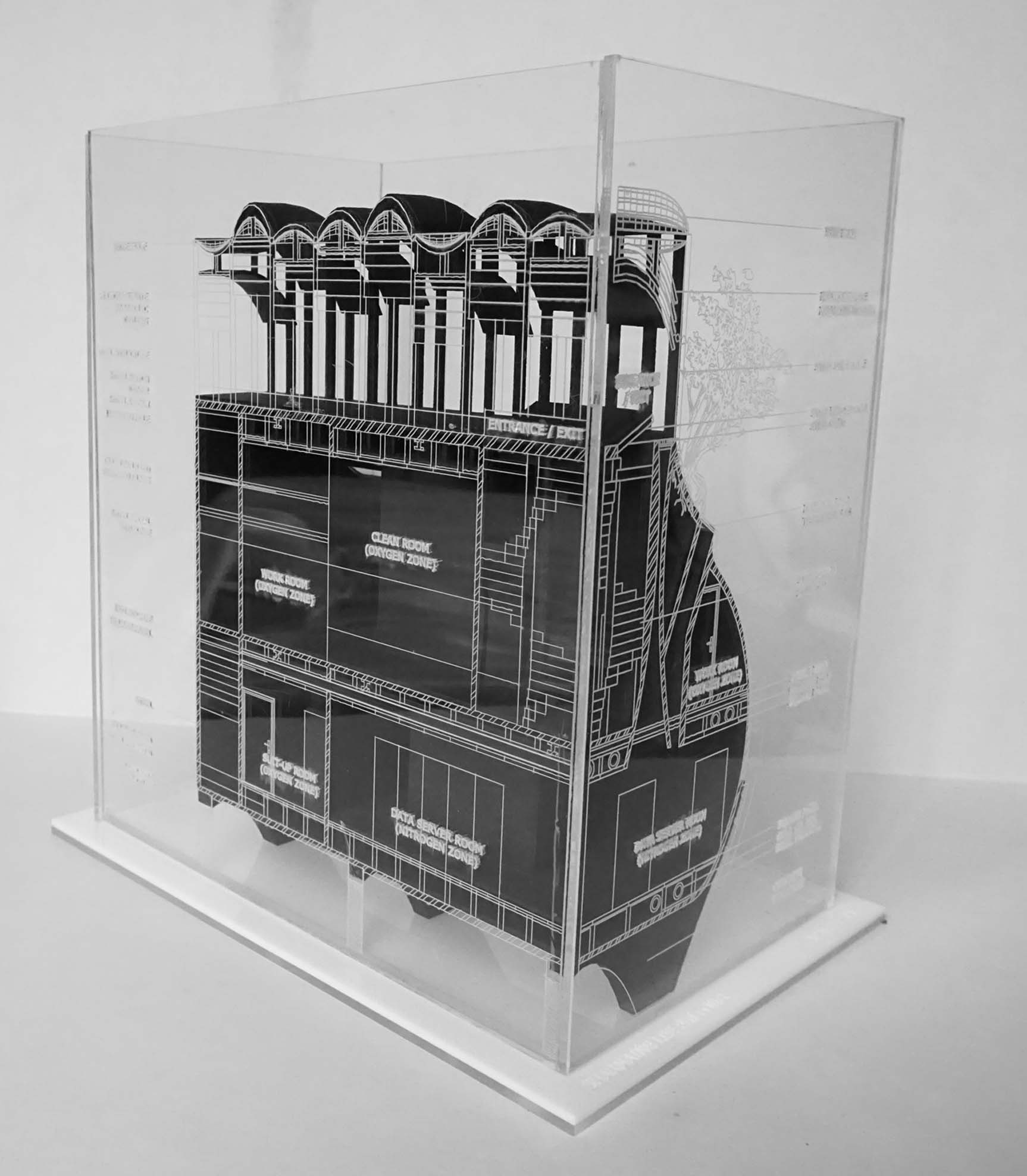
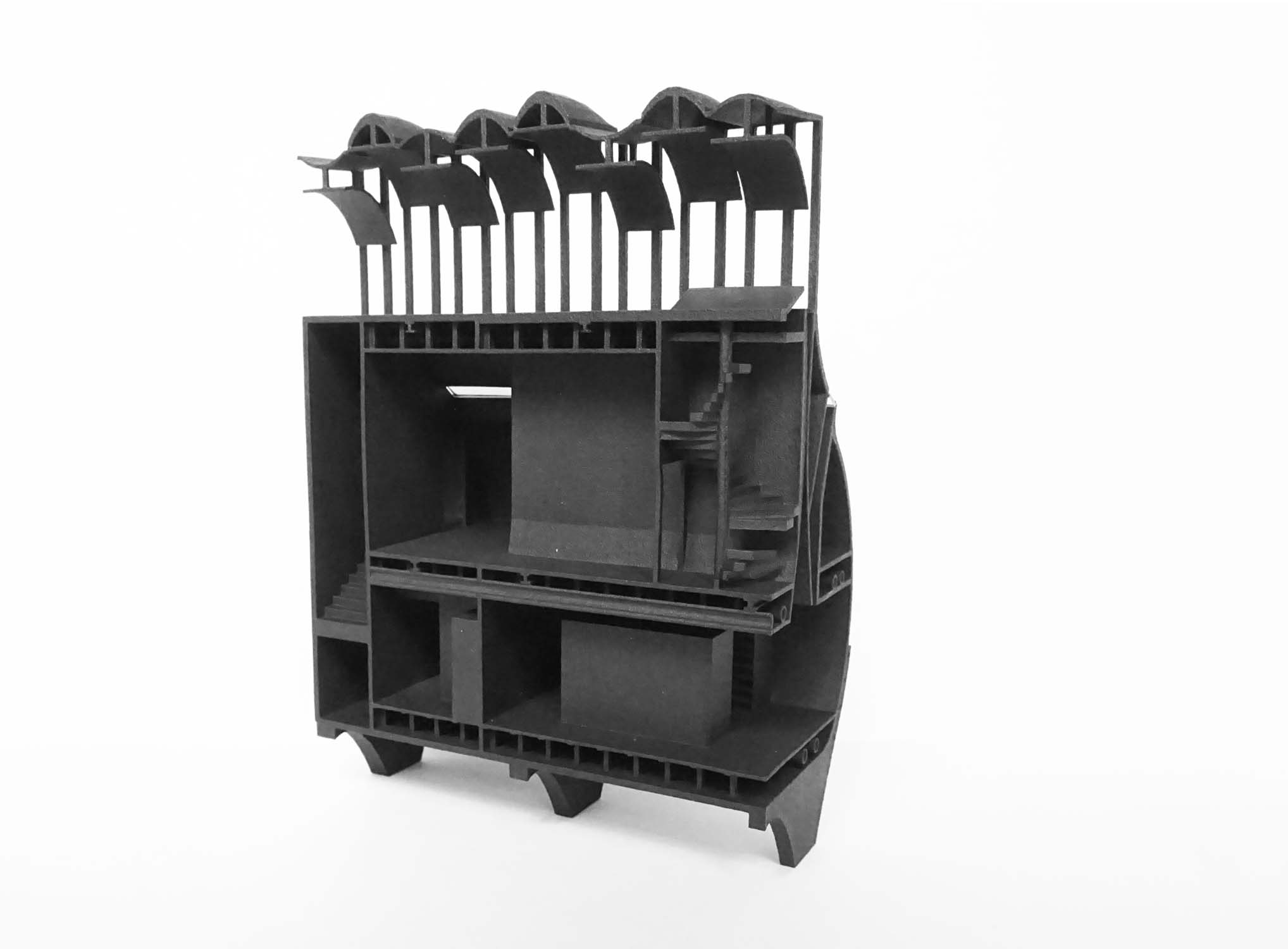
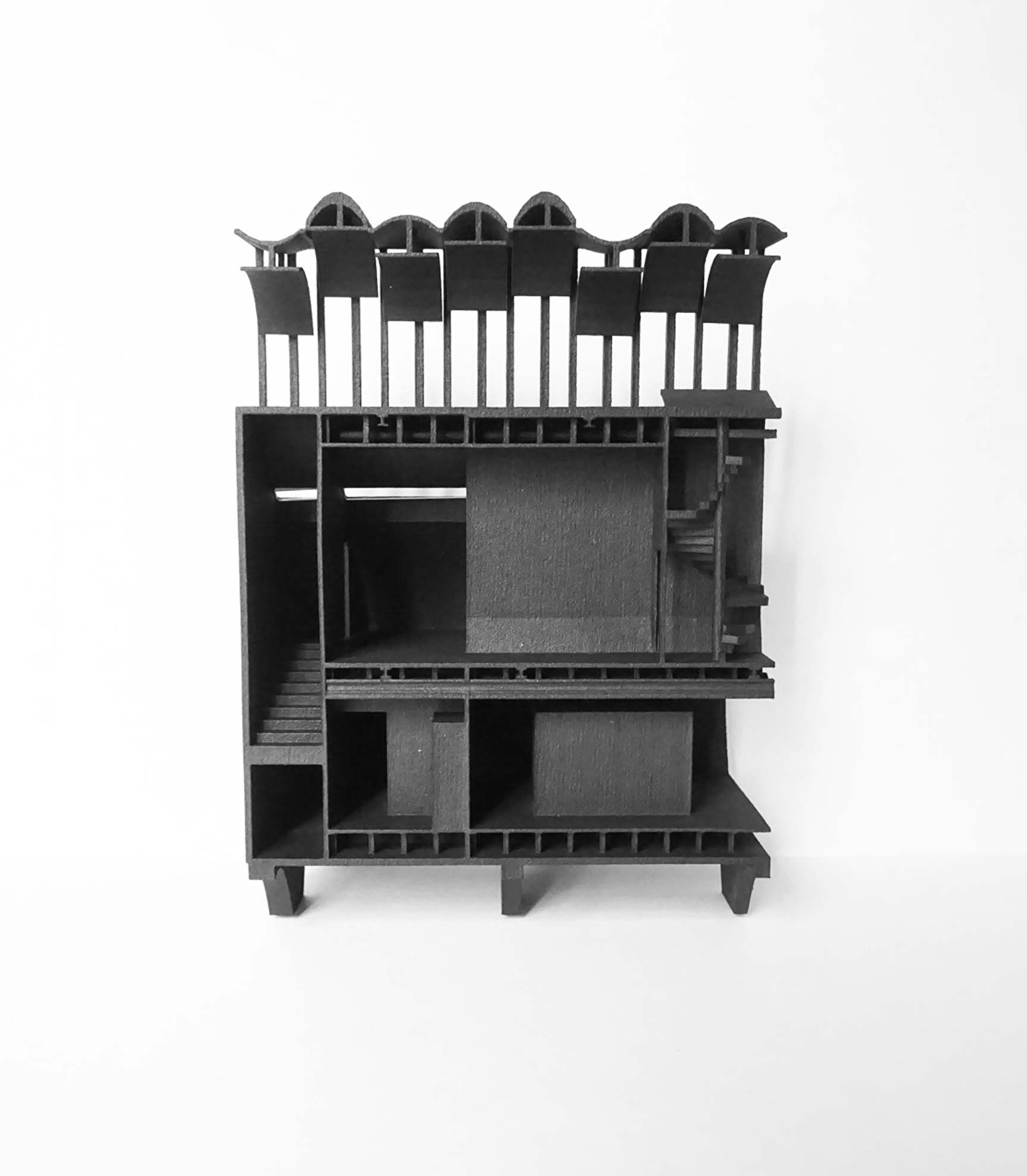
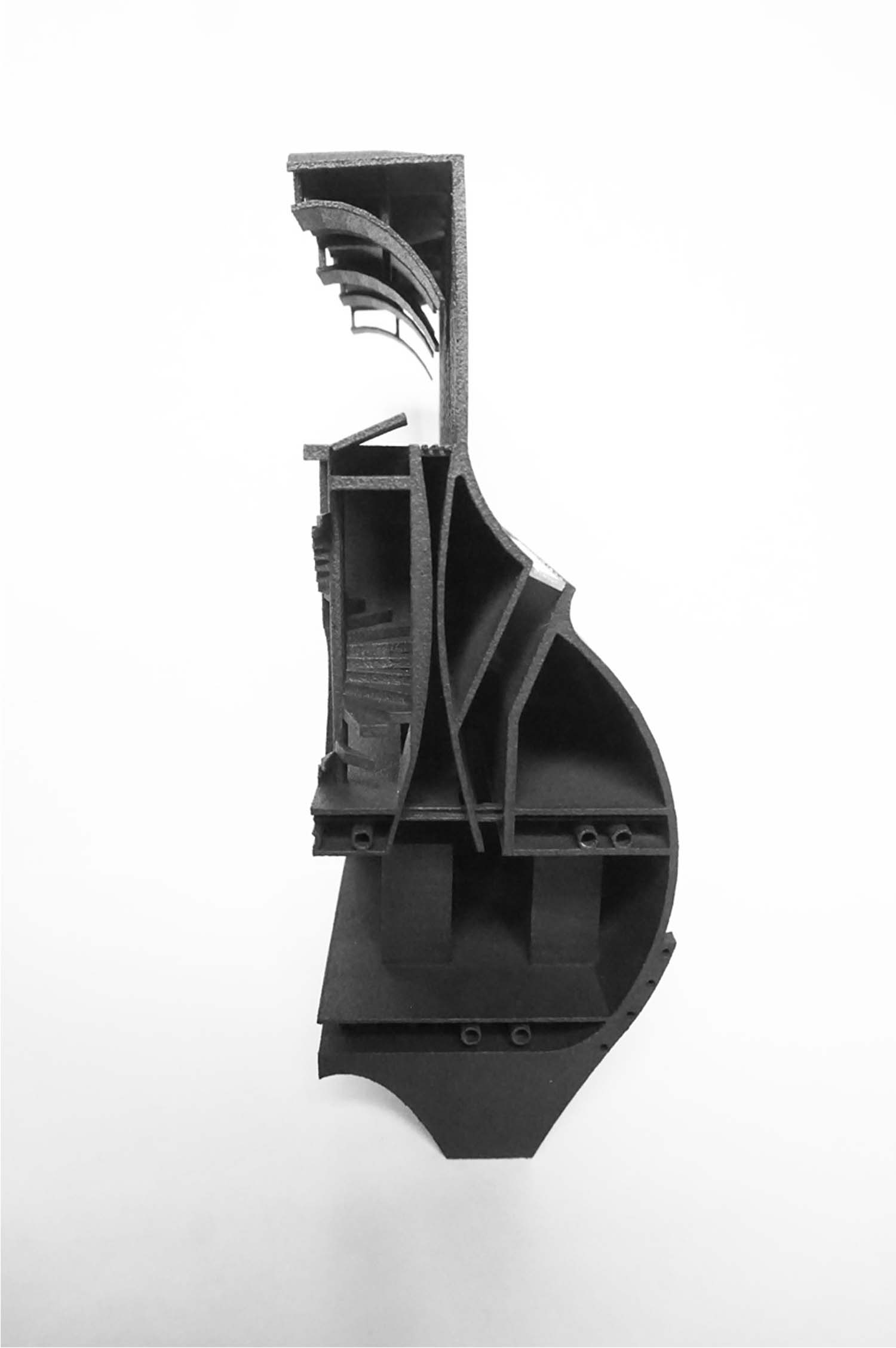
Student: Sharyl Ng Yun Hui
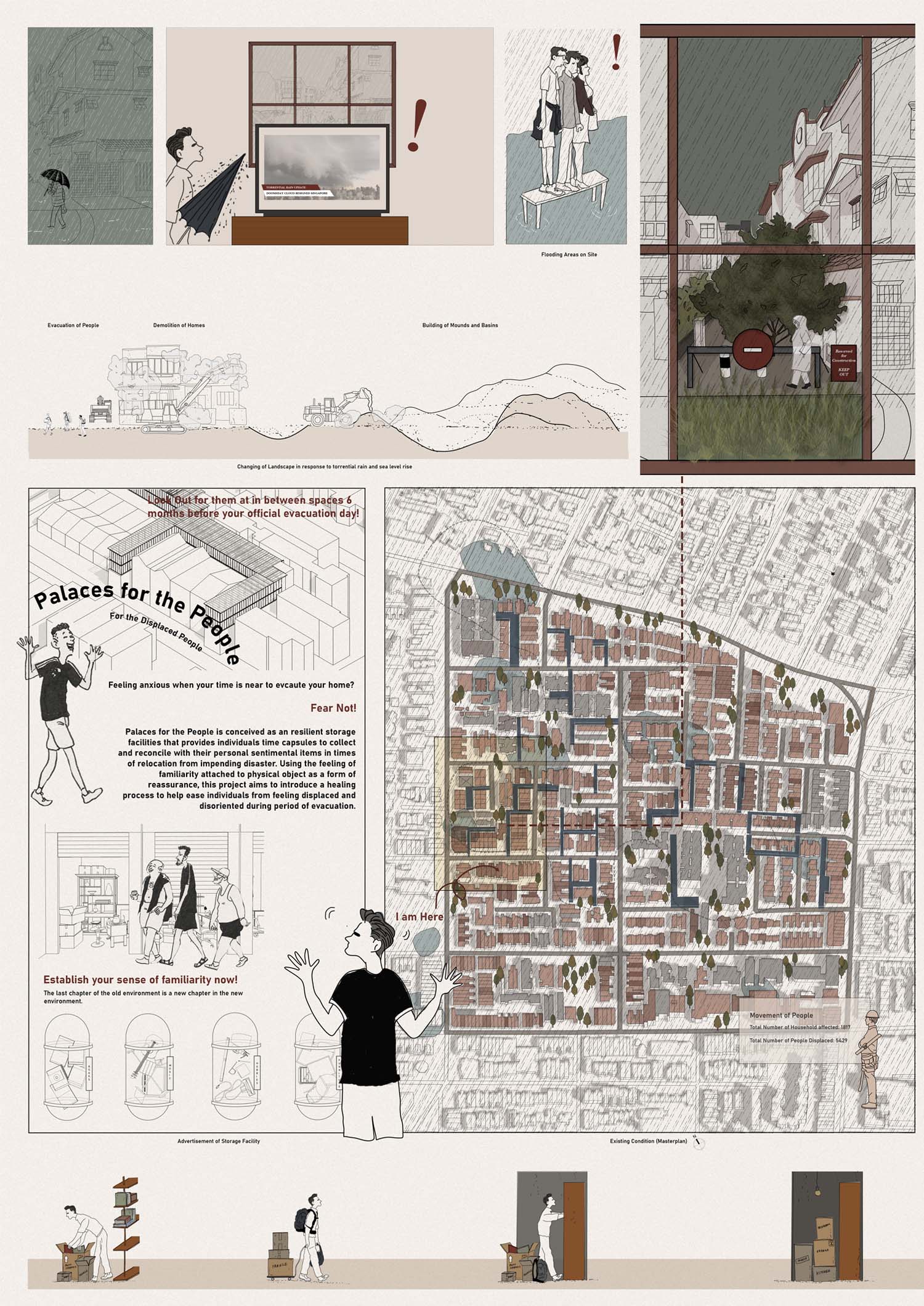
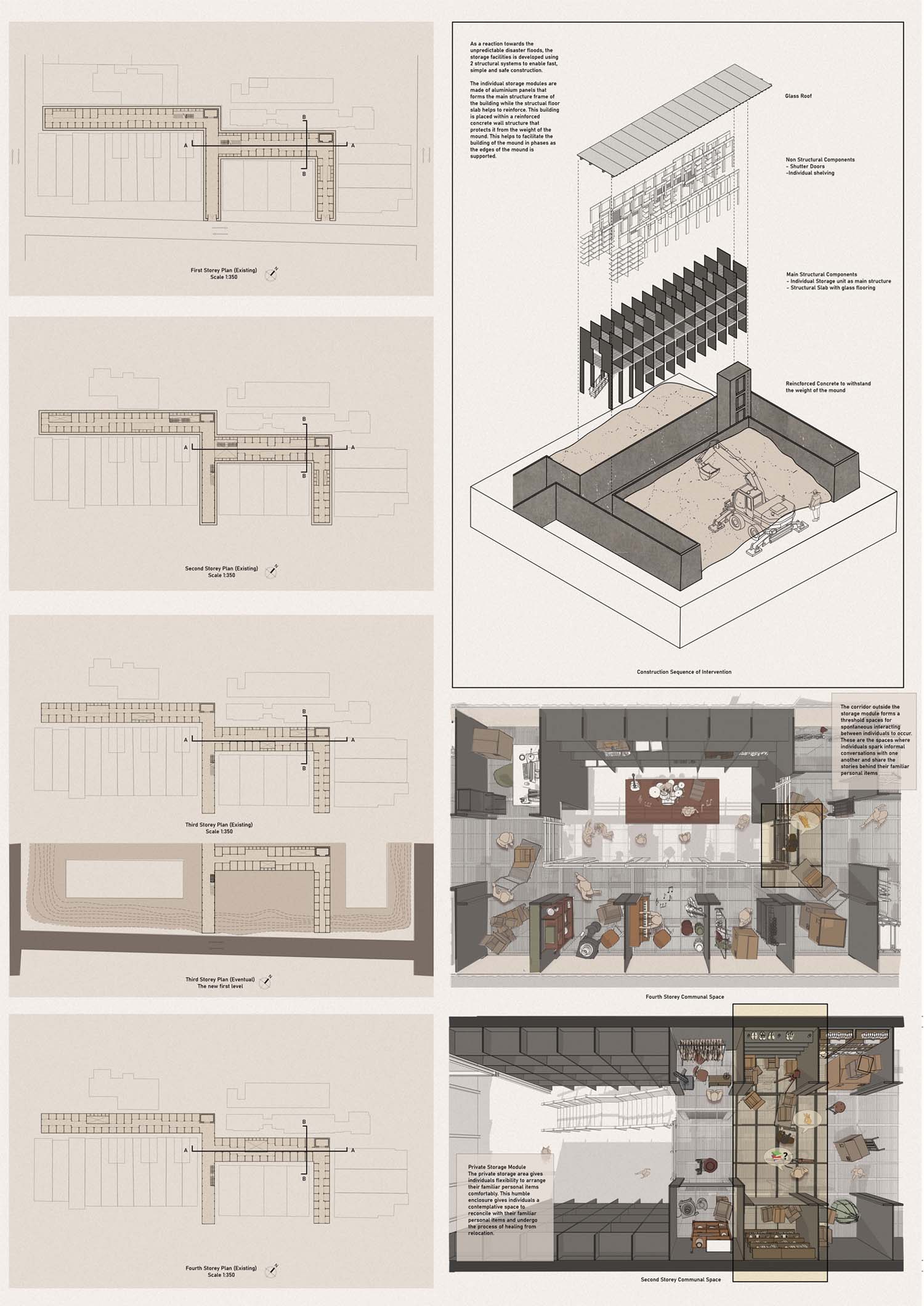
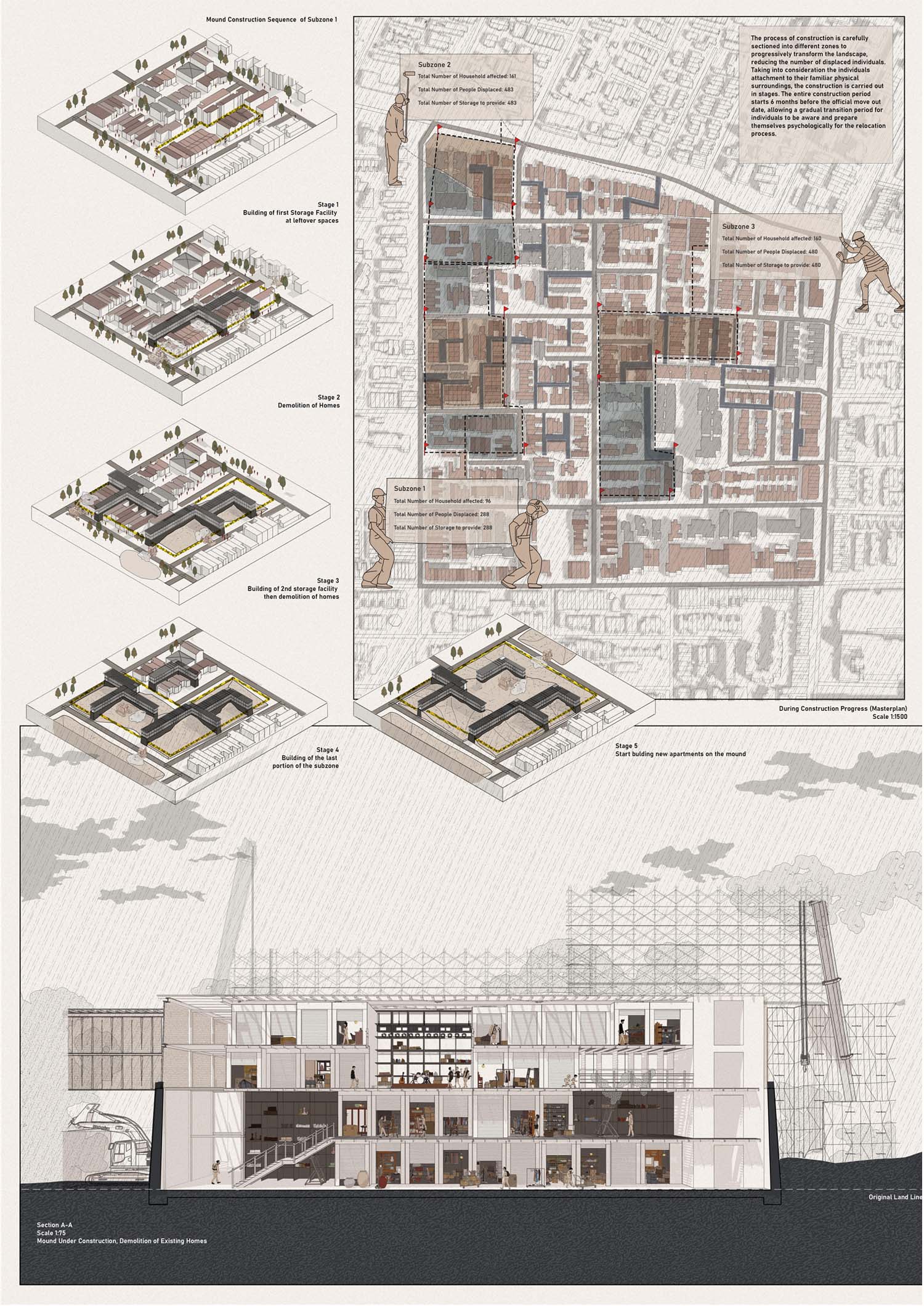
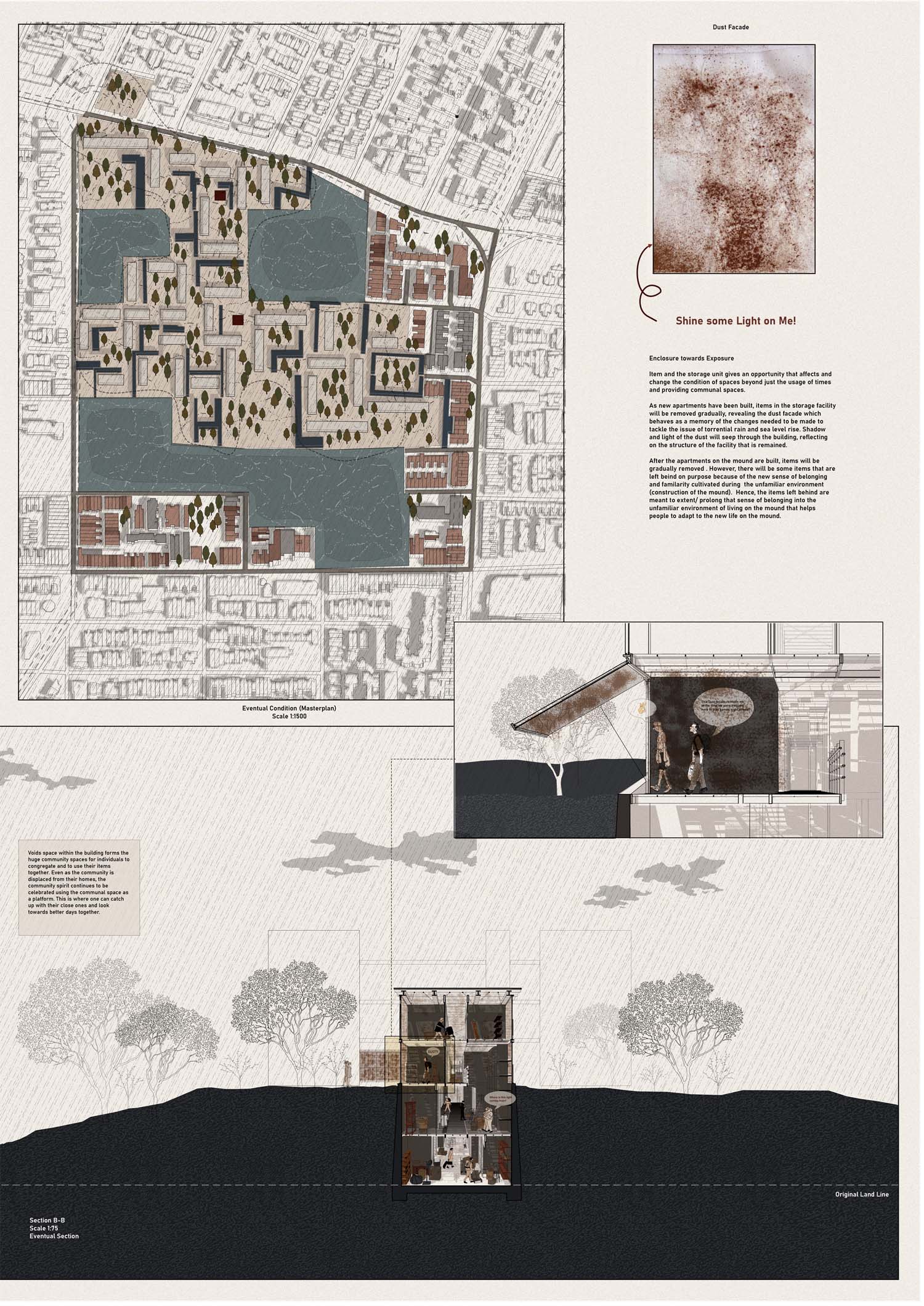

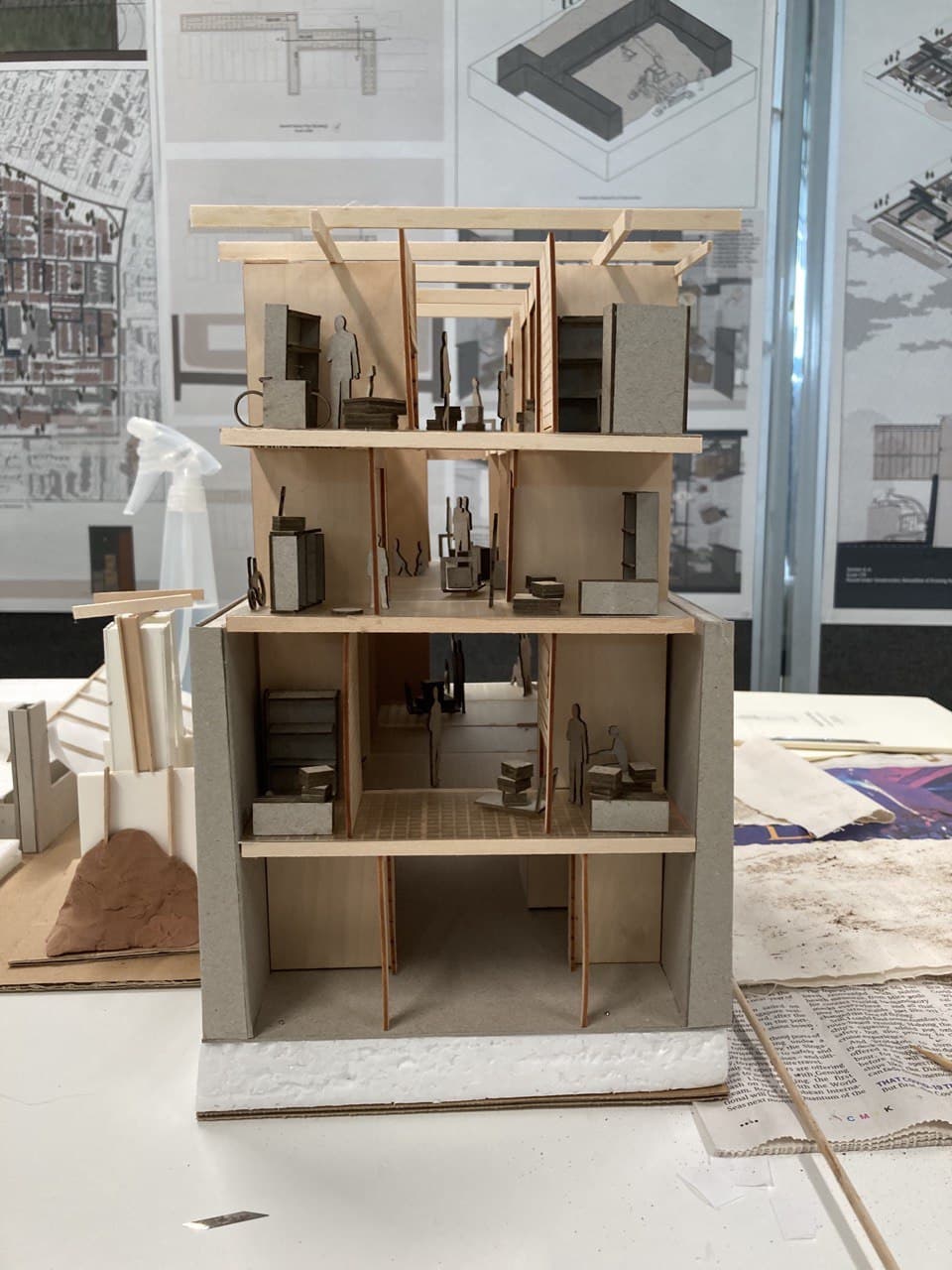
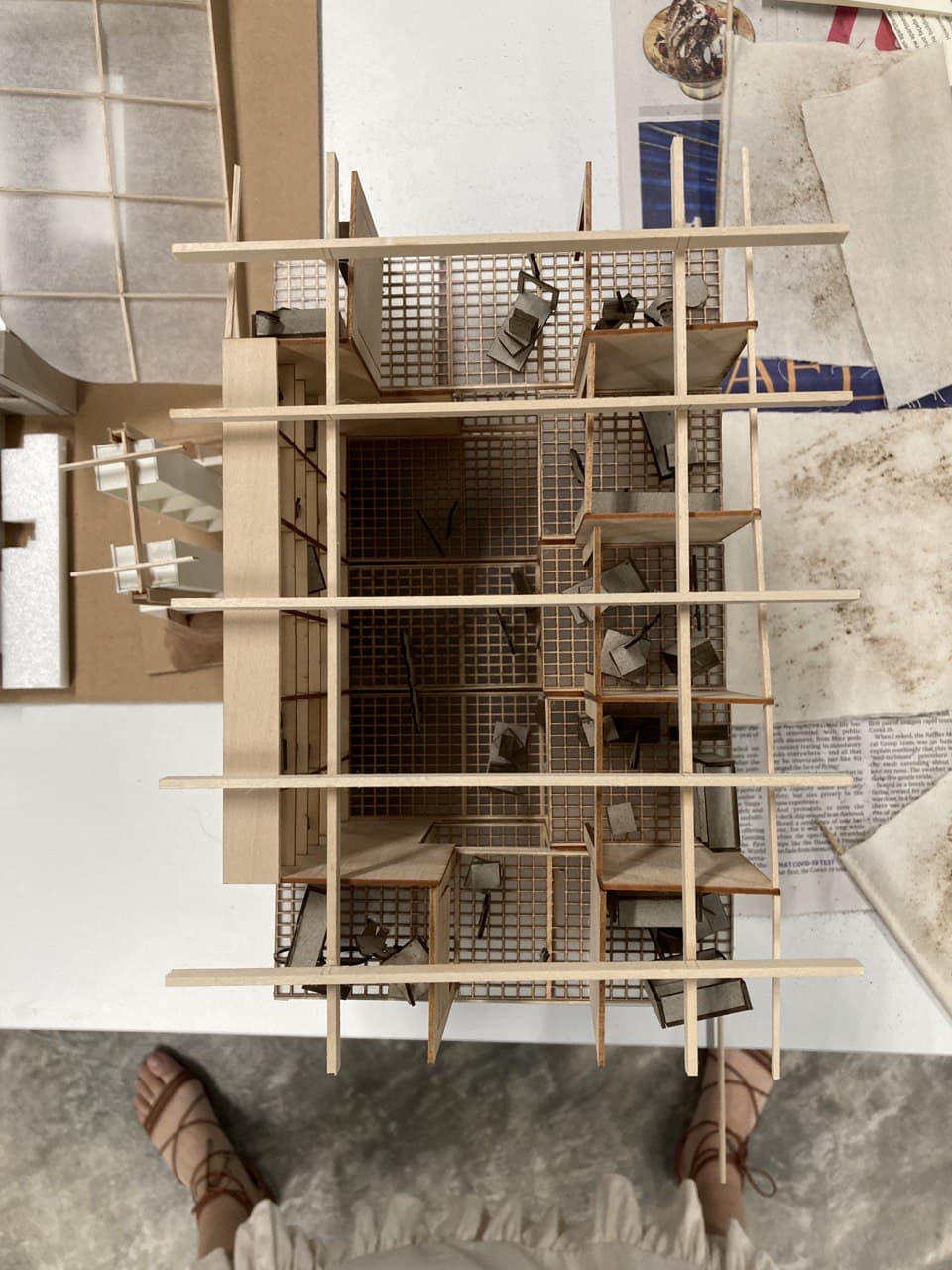
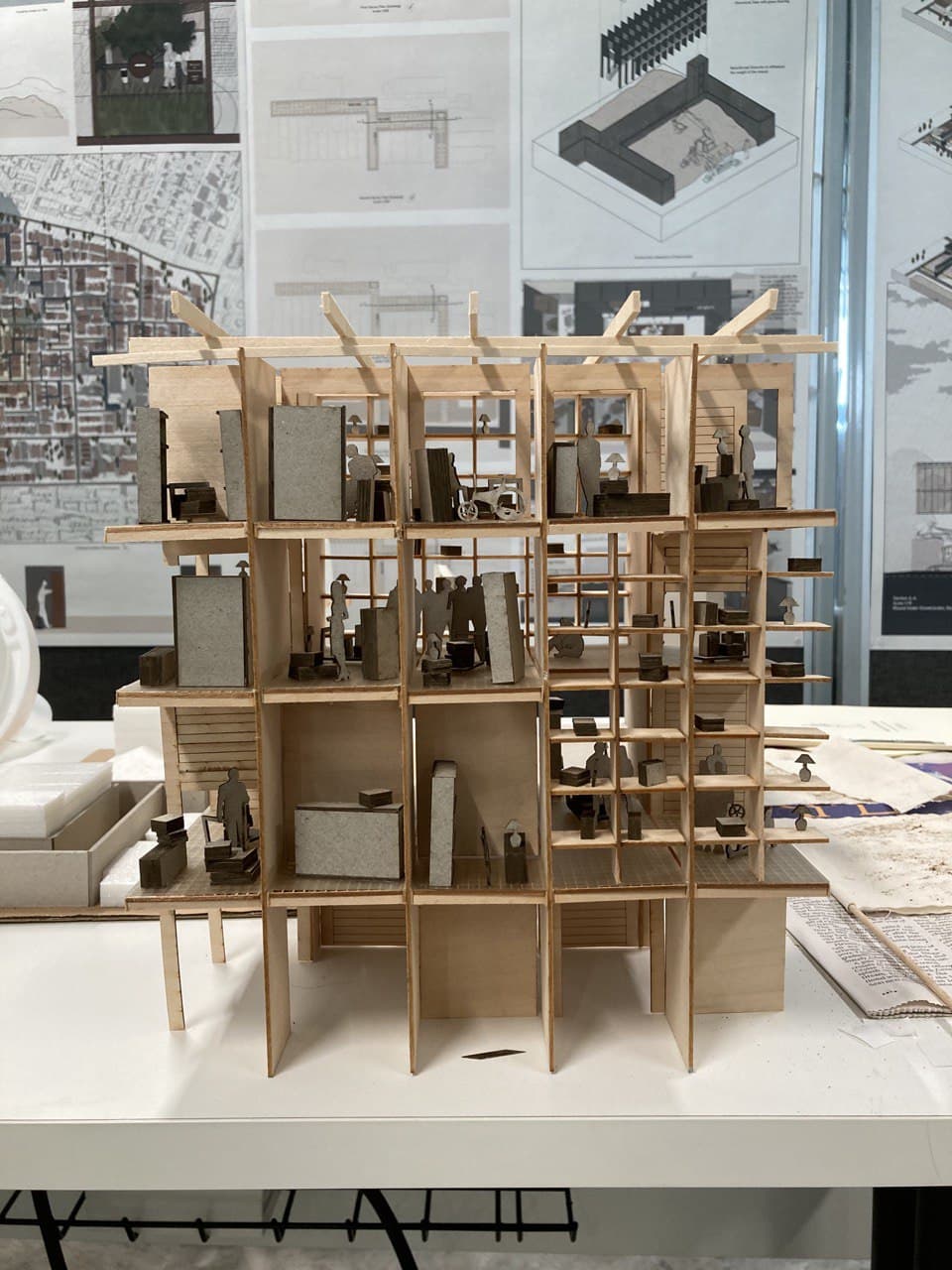
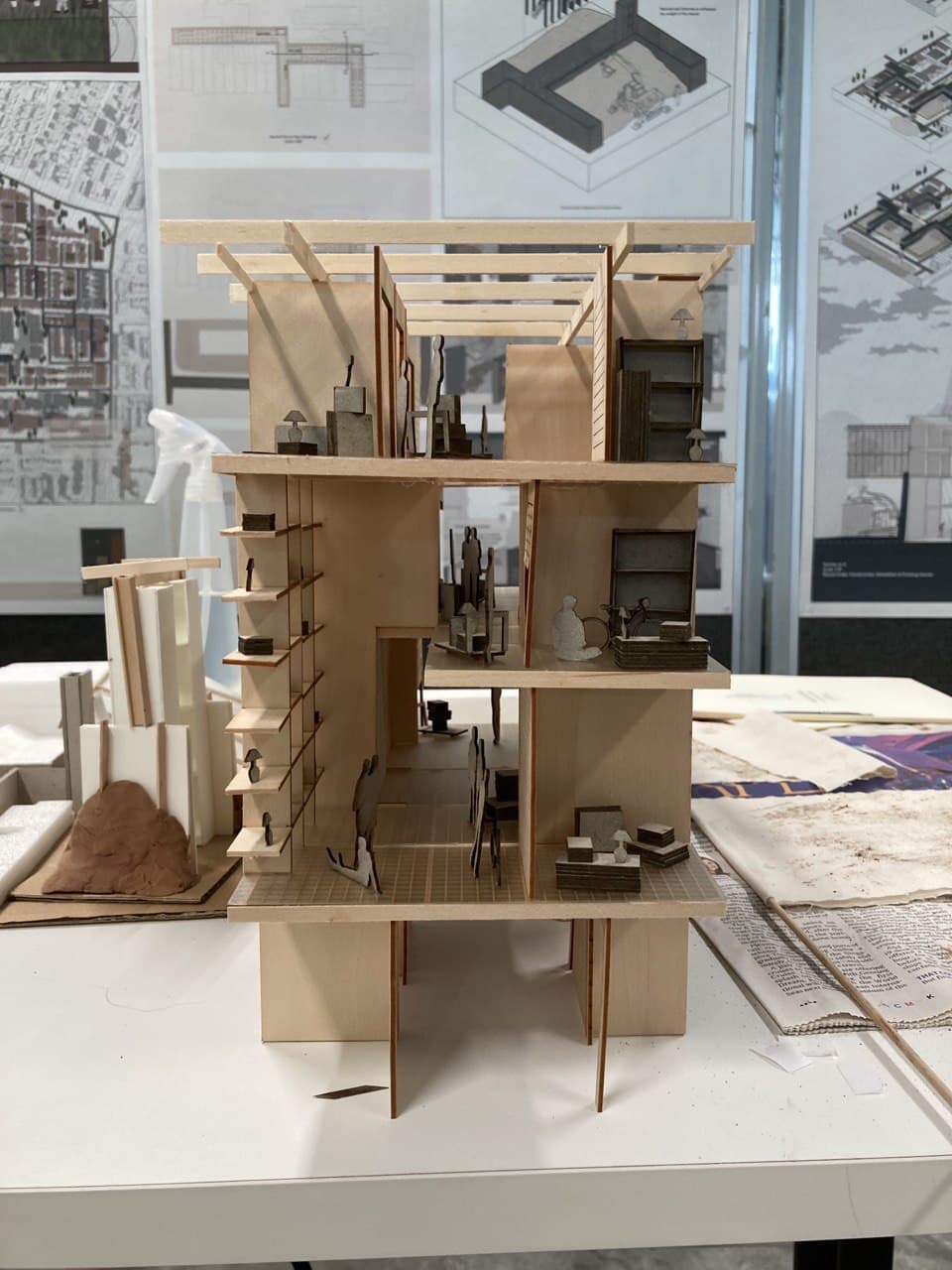
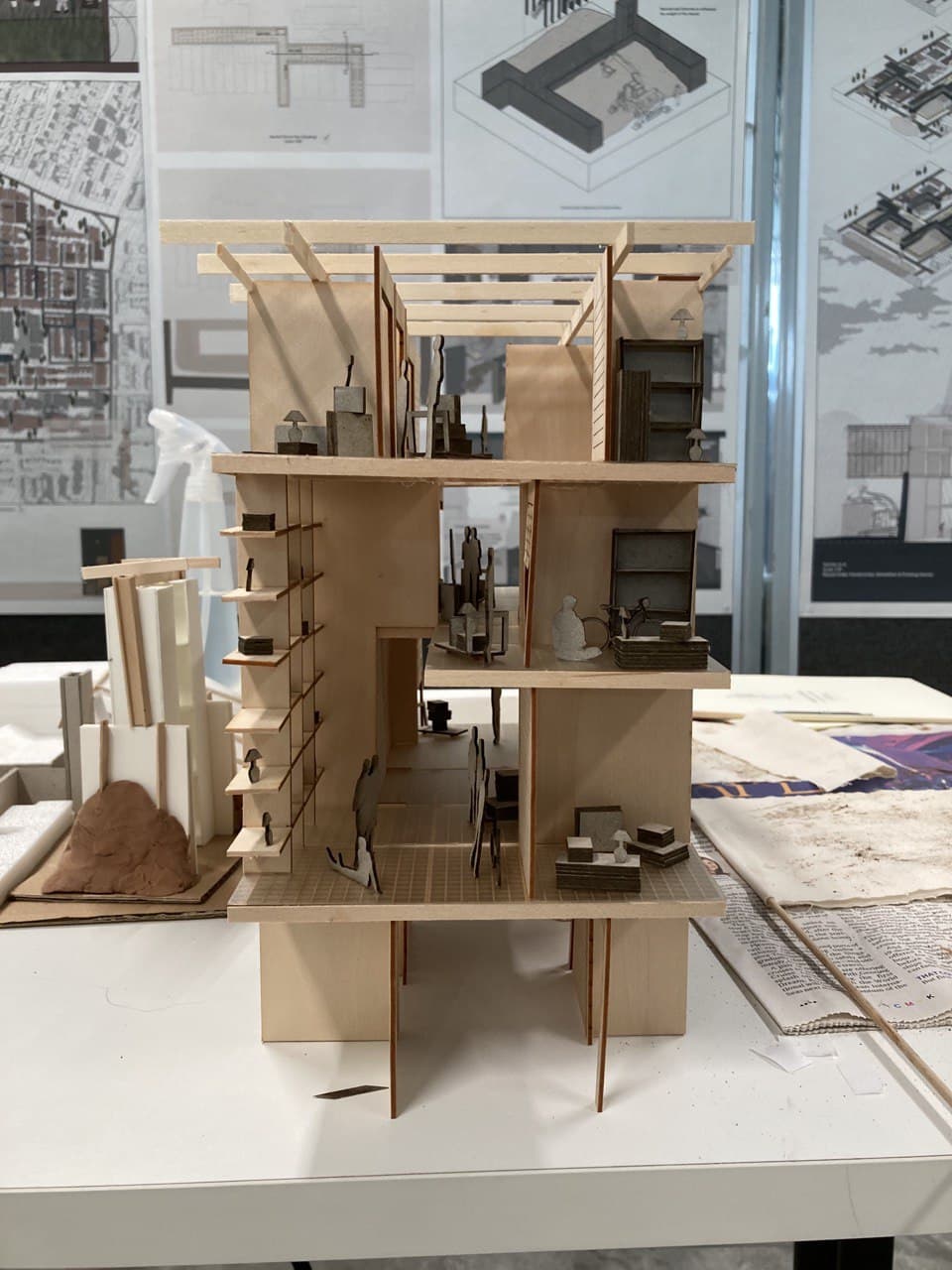
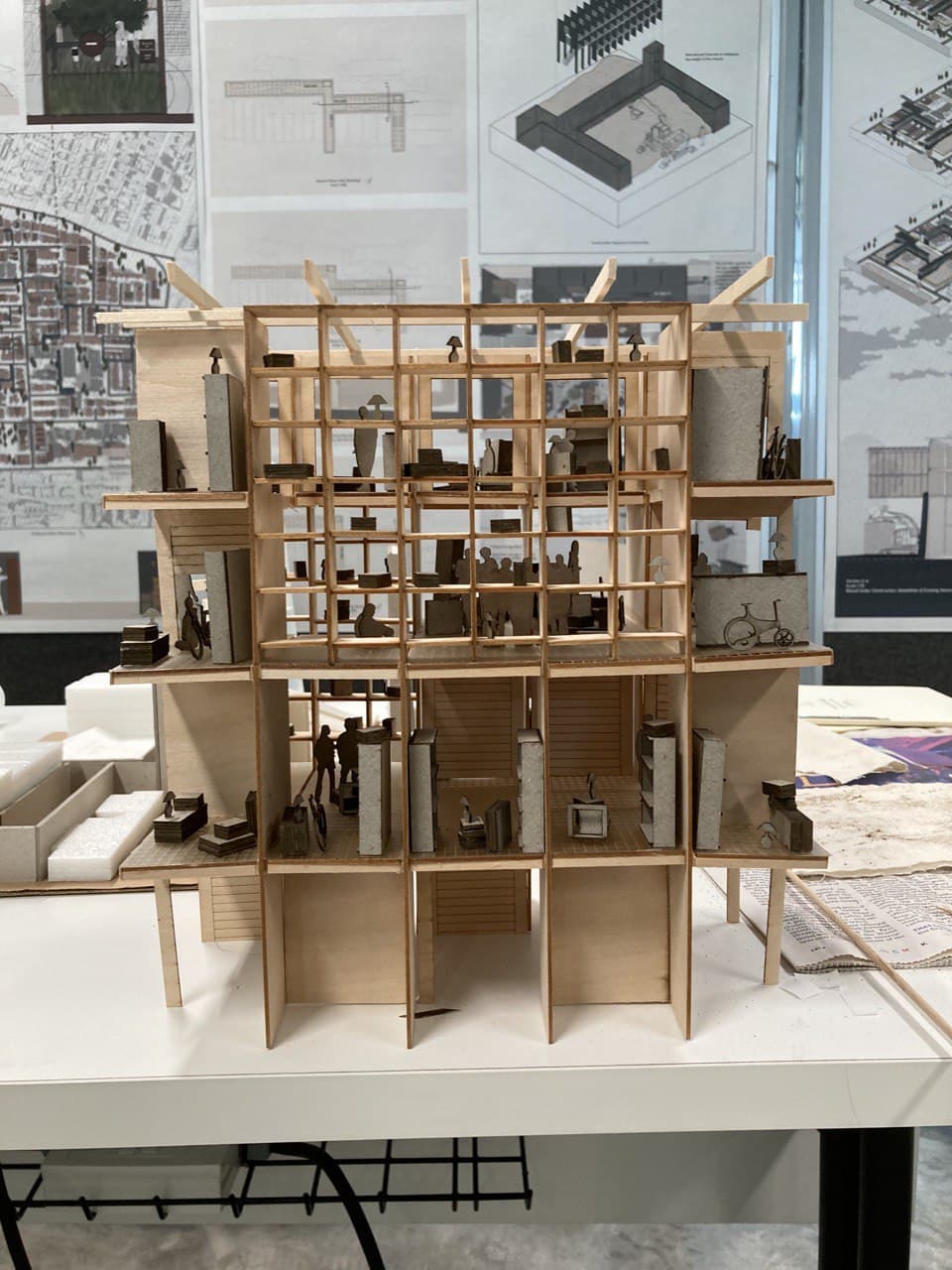
Student: Vernice Yu Hui Qing




